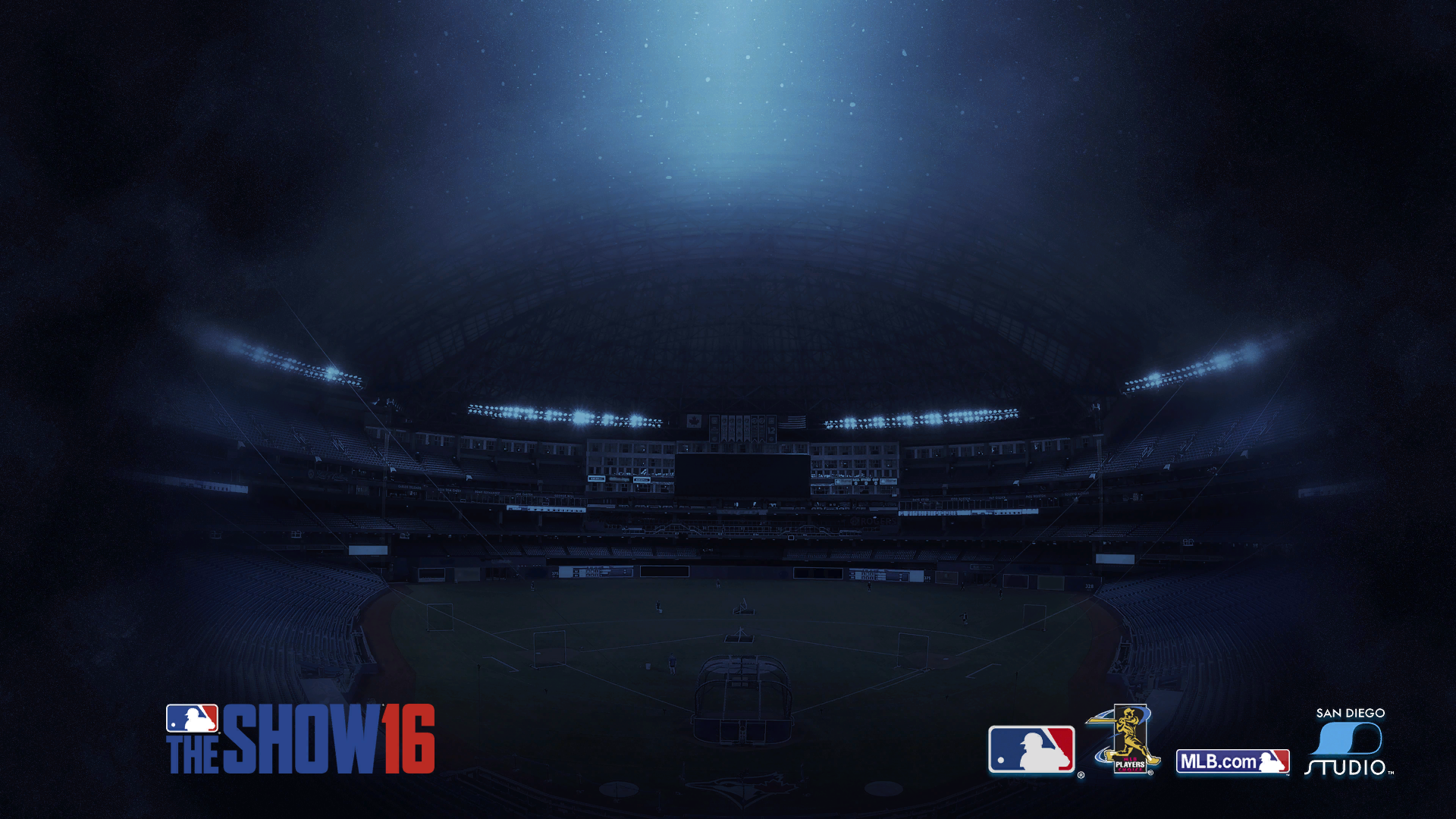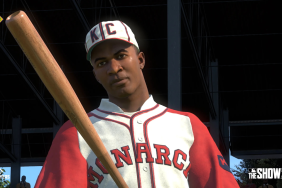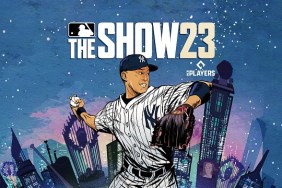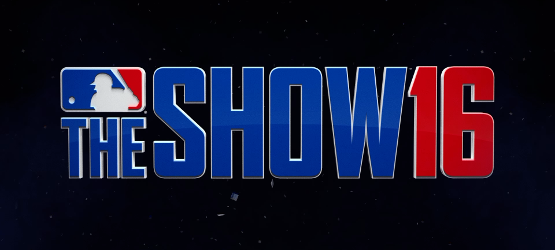
MLB The Show is consistently the King of the Diamond when it comes to baseball simulation video games. Being a yearly franchise, there is always a risk that Sony’s San Diego Studio plays it safe with each new release, subtly changing a neglected feature, or dropping less popular modes in favor of squeezing in more audio recordings. With MLB The Show 16, we have a release only on the PlayStations 3 and 4 — in a sign of the times, the Vita has been left high and dry. So, has the focus on only home consoles helped or hurt the game? Let’s find out.
Great Polish
MLB The Show 16 is still among the best-looking games, well, anywhere. Stadiums look immaculate, and with new physics-based rendering, the interior of all the different locations look better than ever. Physics-based rendering affects the way light bounces off of different textures. What this means is that things such as metal boxes, plastic helmets, leather gloves, and wooden bats all absorb and reflect different amounts of light in different ways. You hardly even notice those improvements, until a random tarp reflects in such a way that you find yourself forgetting, for just a moment, that you’re watching a video game and not an actual baseball game. Then, the ugliness of some of the background textures snaps you back to reality. It seems that because the game was still created with the PS3 in mind, some visual elements are held back just enough to detract from some of the presentation aspects of The Show. Perhaps a few years from now we’ll see a release destined only for the PS4, and all of these fancy rendering and lighting techniques the series has ramped up over the years can impress even more when they’re used on even higher-resolution textures.
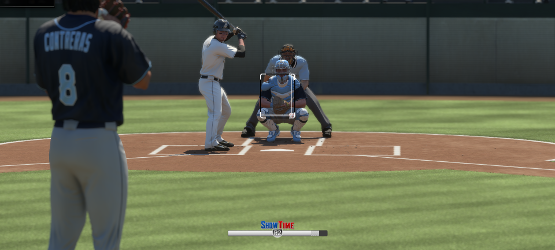
Beyond just a few graphics updates, MLB The Show 16 features upgrades to many of the existing stadiums, including retractable roofs for many. This is a welcome addition for hardcore fans, who may also appreciate a few classic/historic stadiums that are now also available to play in, faithfully recreated in high definition. While the stadiums look amazing, player models are unfortunately a bit lacking, While uniforms and equipment look spot-on, players don’t always look quite right. In fact, most characters look rather lifeless. I believe we are at an uncanny valley area of graphics for sports games these days. Once a developer figures out how to give life to realistic-looking eyes, expect to see them everywhere. In the meantime, it’s still a little unintentionally funny to see a manager expressing what’s supposed to be anger with what ends up looking like a blank, vacant stare. There are also occasional frame rate issues, though thankfully they only seem to crop up in between the action.
Audio work is impeccable, as always seems to be the case with The Show. Considering the series has a massive recording library from past entries that it likely draws from, the team at Sony San Diego Studio was able to add several thousand more lines of audio, and it shows in subtle ways here. The commentators Matt Vasgersian, Eric Karros, and Steve Lyons seem to have something to say for every situation. If a game gets a bit out-of-hand score wise, however, expect Mr. Vasgersian to simply say “…and they are way behind” or something similar. Sounds of the Show are back this year, enabling you finally have custom music playing to your character’s walk ups, home runs, and more, as well as the ability to record shouts and chants that you can hear while playing in the Road to The Show mode.
Baseball Meets The Matrix
New to the Road to The Show mode is “Showtime.” Showtime is an interesting mechanic, to say the least. Put simply, your player has a certain amount of Showtime energy. At any point during play, you hold R2 to trigger a slow-motion mode, which grants you extra to time make a well-timed leaping catch as an outfielder, nail your spot as a pitcher, or drive the ball exactly where it needs to be as a hitter. If this sounds like cheating, well, some players will definitely regard it as such. On the other hand, anyone who’s been in a high-pressure situation knows the kind of effect adrenaline can have on your system — time really does seem to slow down, though not quite as exaggerated as seen in The Show. Of course, this is not a mandatory feature, and you can play with it off.
Corollary to Showtime are Perks. These help your Road to The Show player in many ways. Once you’ve upgraded an attribute above certain levels, you can unlock Perks. Some of these perks are consumable, and can only be used for a single at-bat, while others help you in certain situations, such as getting lucky with the home plate umpire’s batting calls if you’re a pitcher. Each of these perks take away from your Showtime bar, however, so you have to decide if you want more abilities or more chances to make clutch plays.
Road to Improvements
Also new to Road to The Show is Bowman scouting. You now have to participate in various activities before Spring Training even begins, where you will be assessed in multiple skills categories, even utilizing the Bowman 20-80 scale in the process. The challenge then becomes to outperform what your scouting report says, which can be fairly daunting on the game’s higher difficulty levels. It also needs to be said here: the game’s beginner difficulty level is, really and truly, for beginners. I gave it a shot, just for kicks, and ended up walloping the White Sox with my Dodgers, 29-0 in a perfect game courtesy of Clayton Kershaw. This can be seen as a good thing, however, because casual gamers will enjoy themselves without being challenged very often.
Beyond Road to The Show, the game mode Diamond Dynasty is a highlight. Your goal is to amass enough fans to “take over North America.” You do this by winning games, taking over territory from other teams as you play in quick exhibition matches. Do well, and win the territory — lose, and you’ll quickly find your fans fleeing from your stadium (well, okay, not literally). There’s almost enough depth to this tabletop-like game to warrant an entirely separate release on its own. A new Battle Royale makes this game mode more fast-paced, and with playing cards dictating what kind of fantasy team you can create, it keeps things fresh and exciting.
As usual, MLB The Show remains the series to beat in the baseball simulation category (not that there’s much competition). Unlike last year, which served mostly as a spit-shine to a venerable series, MLB The Show 16 features meaningful upgrades, including a few new modes to change up the way baseball is played. At this point, any other developers thinking of trying to take on The Show should seriously consider doing something else with their time and money. I know, competition tends to be a good thing, but SCE San Diego Studio has such a lock on the look, sounds, and even the emotion of America’s pastime that no one else could hope to even come close. It almost goes without saying, but MLB The Show 16 knocks it out of the park yet again.
MLB The Show 16 review code provided by publisher. For more information on scoring please see our Review Policy here.
-
Amazing presentation unmatched elsewhere
-
Sounds of the Show returns
-
Expanded Diamond Dynasty for hardcore fans
-
Blurry background textures
-
Soulless-looking players
-
Minor framerate issues
MLB The Show 16 Review
-
Mlb The Show 16 Review 01
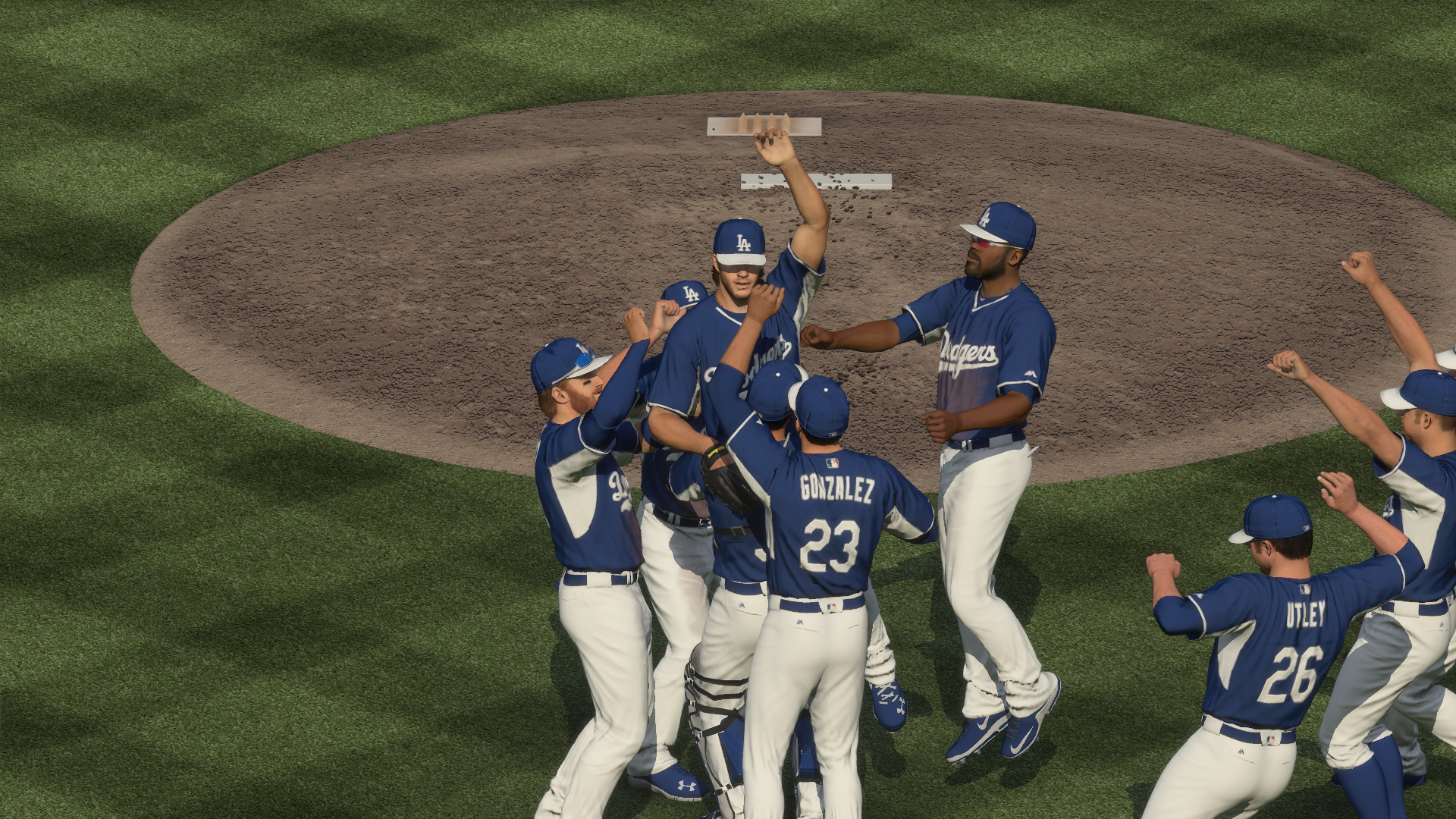
-
Mlb The Show 16 Review 02
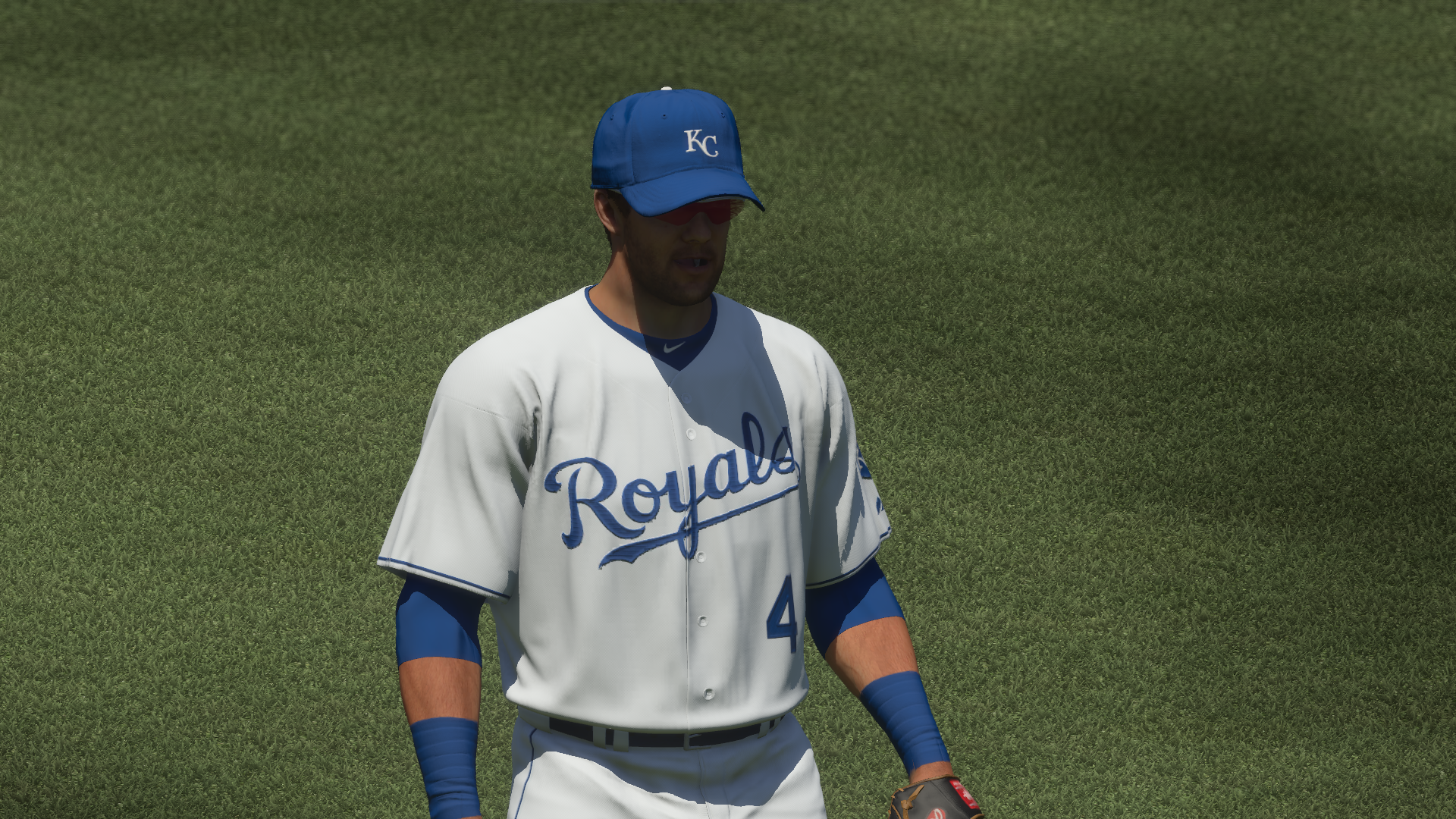
-
Mlb The Show 16 Review 03
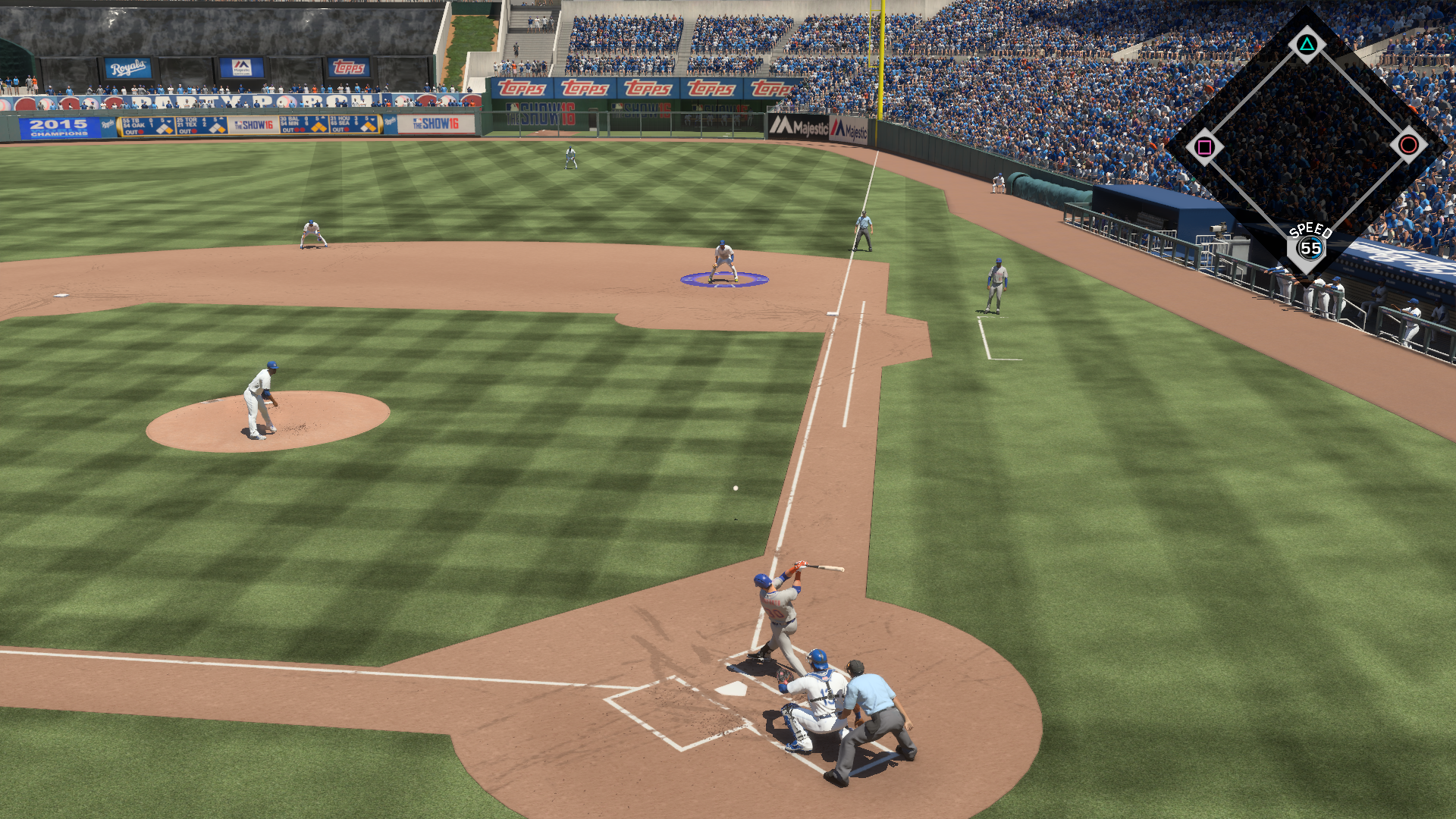
-
Mlb The Show 16 Review 04
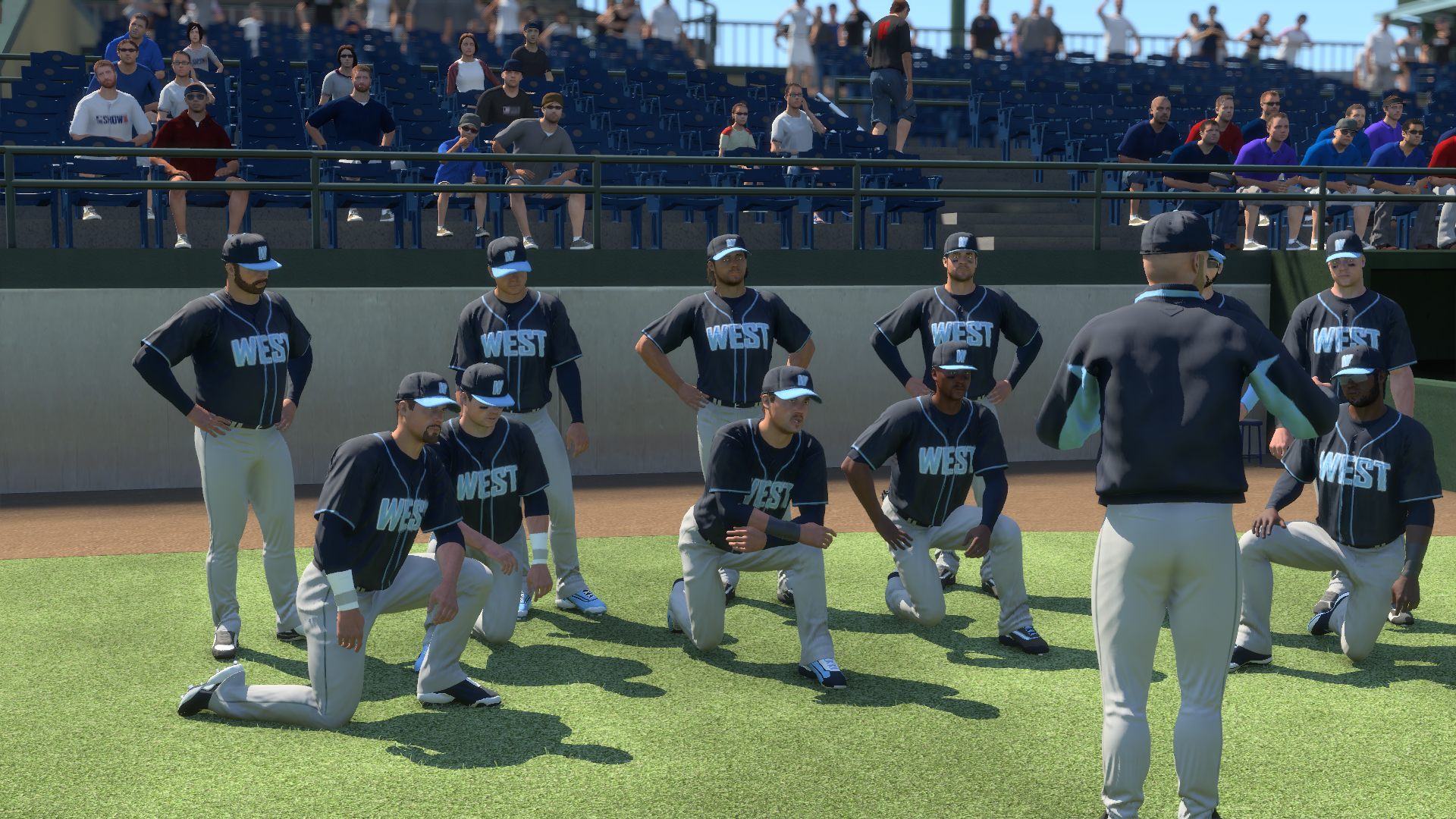
-
Mlb The Show 16 Review 05
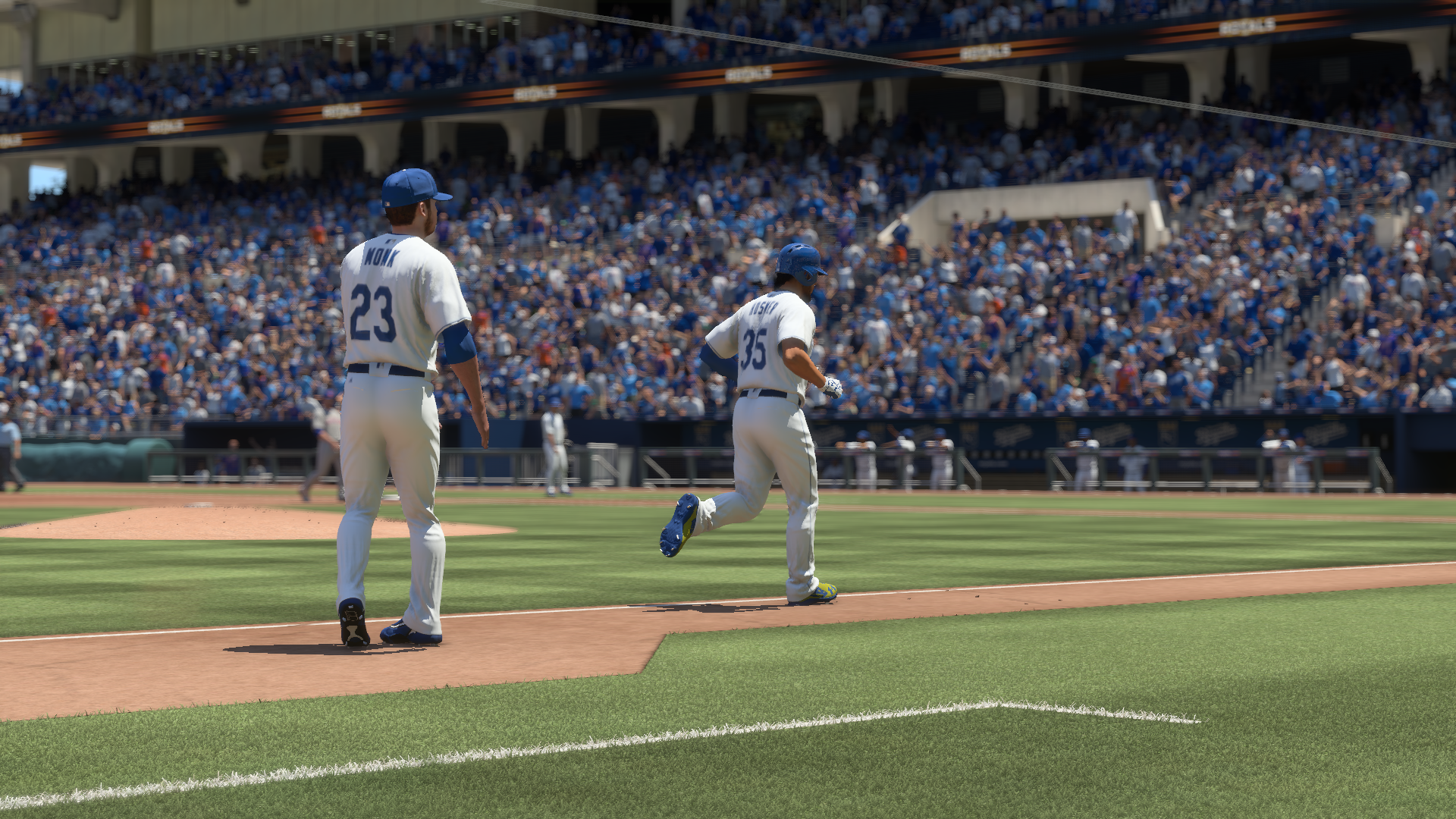
-
Mlb The Show 16 Review 06
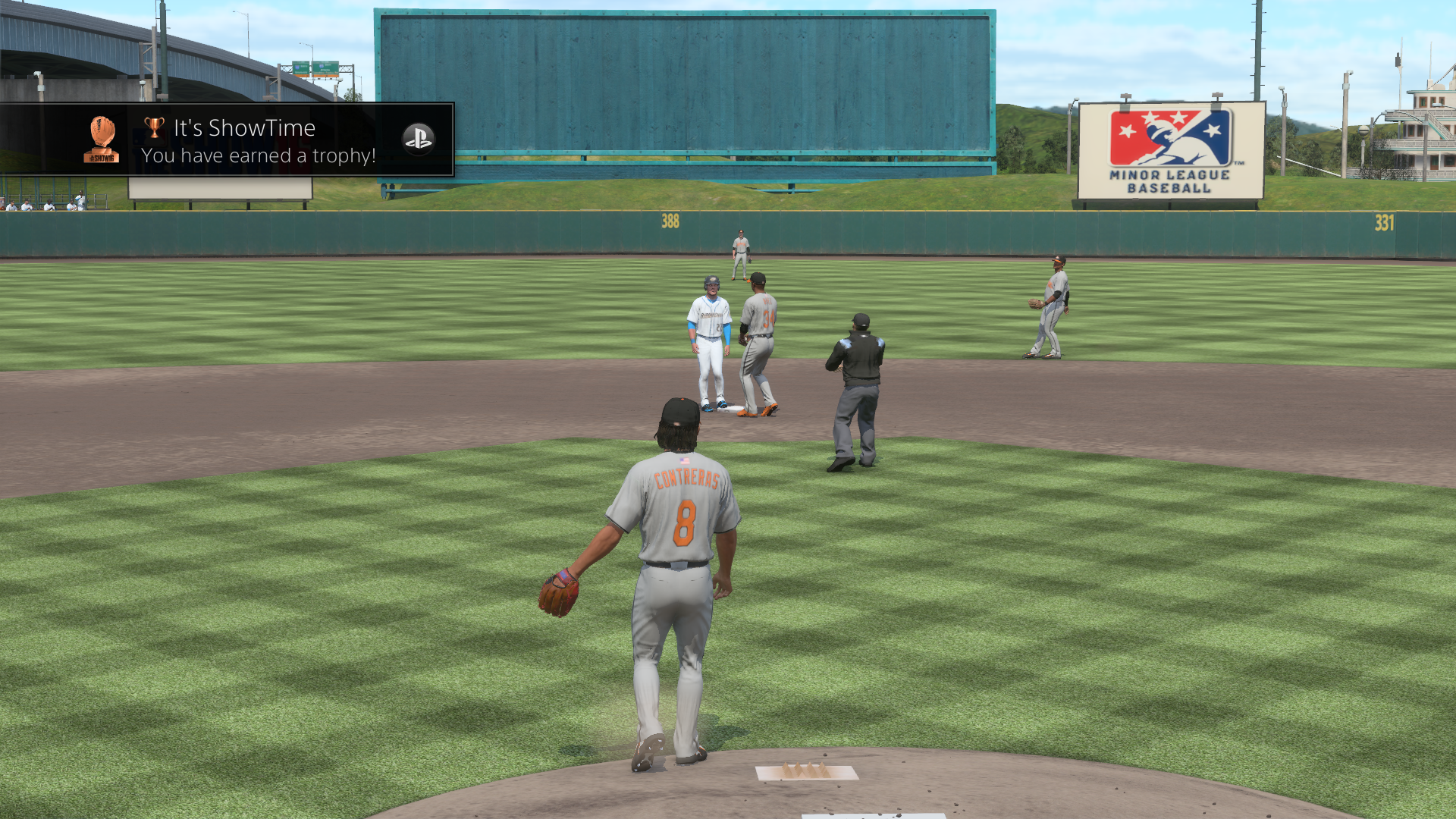
-
Mlb The Show 16 Review 07
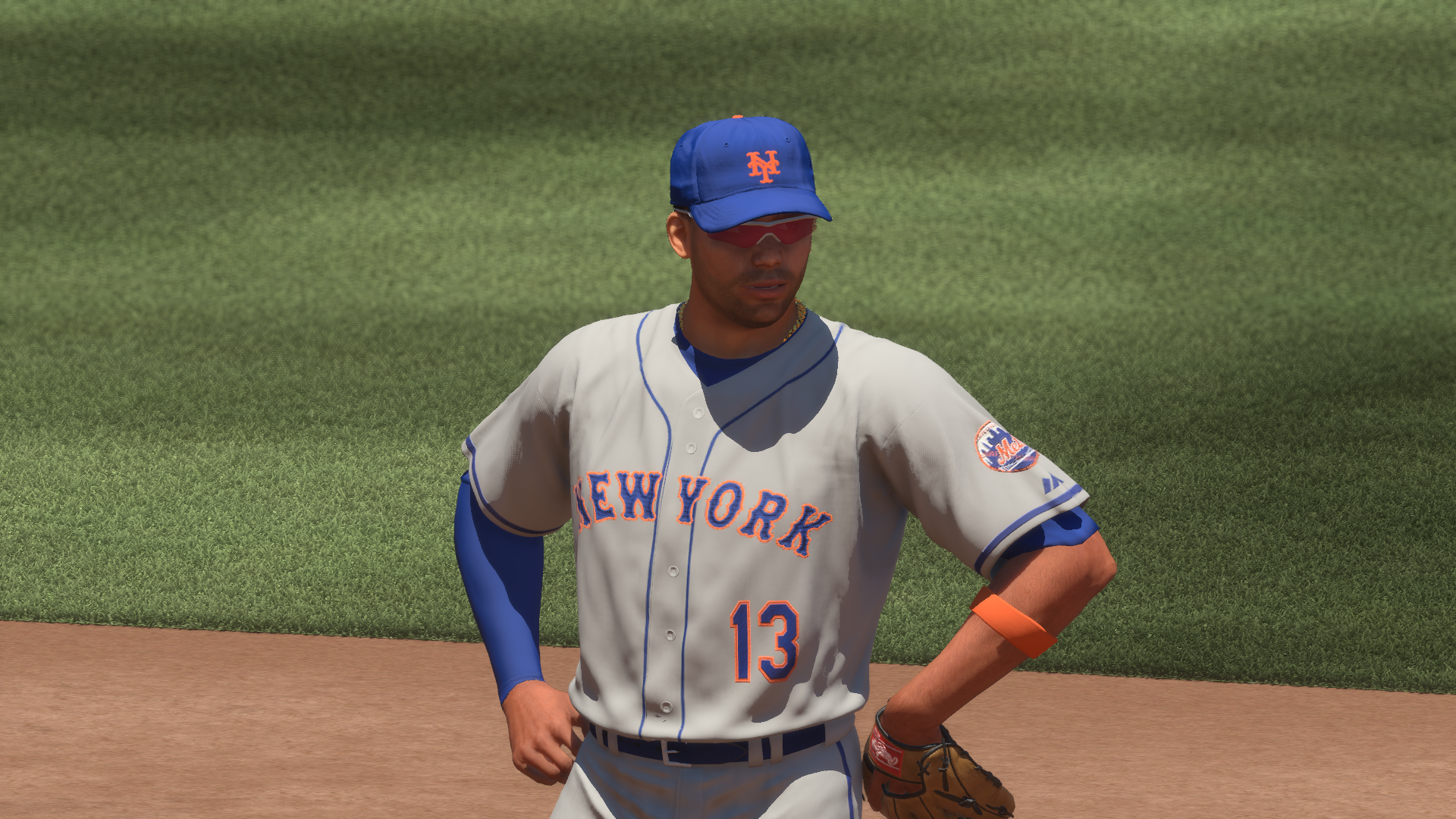
-
Mlb The Show 16 Review 08
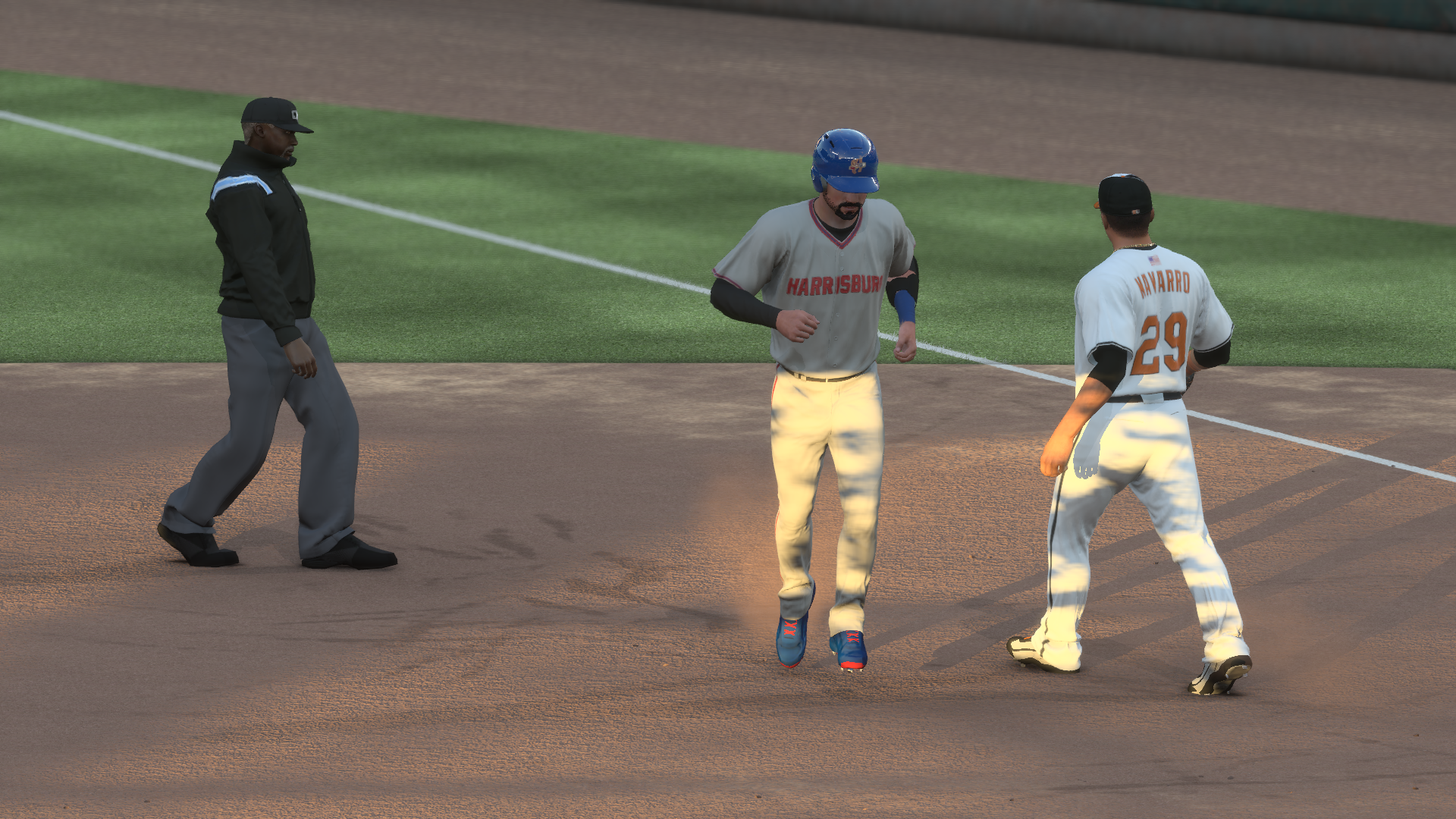
-
Mlb The Show 16 Review 09
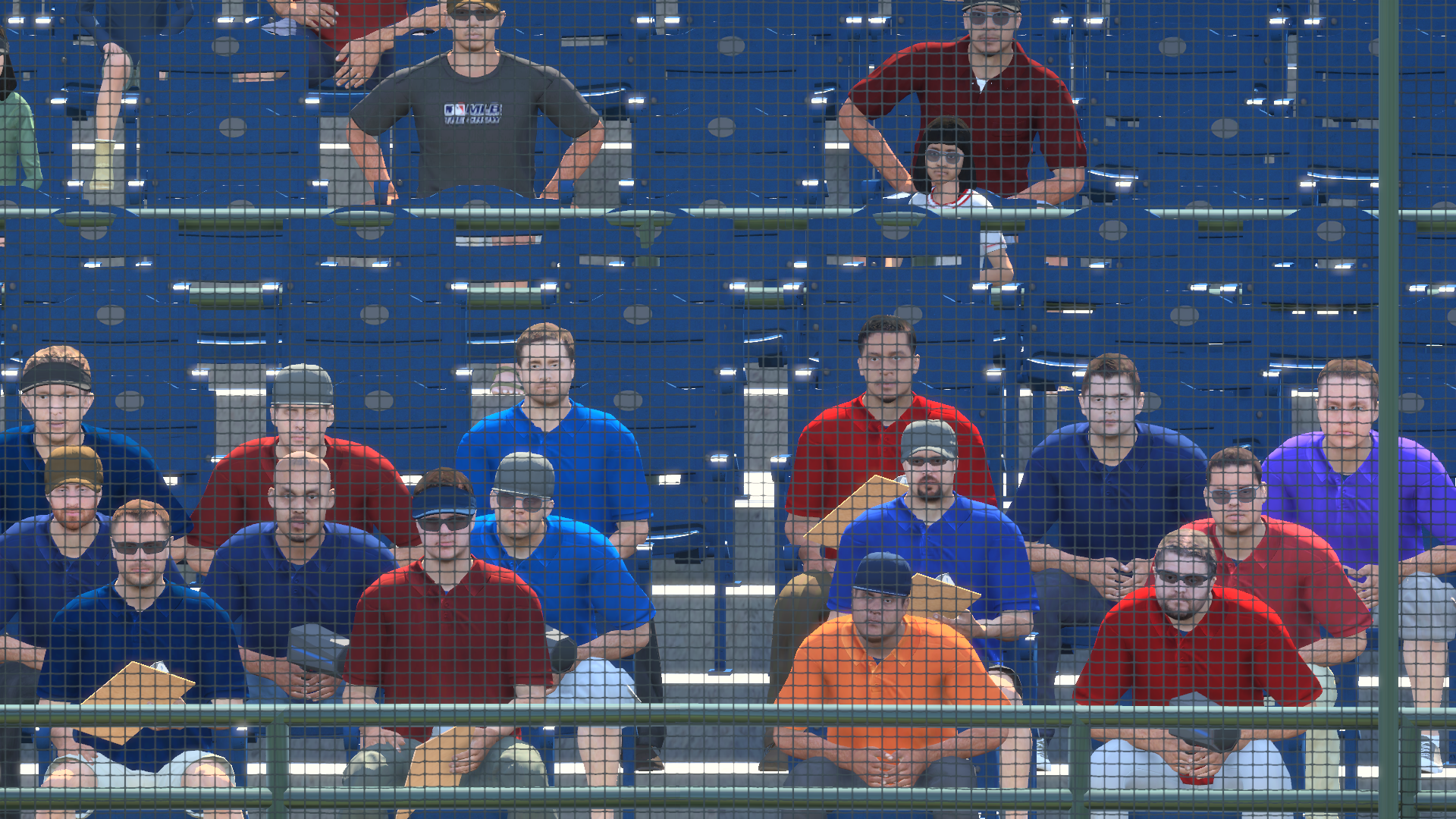
-
Mlb The Show 16 Review 10
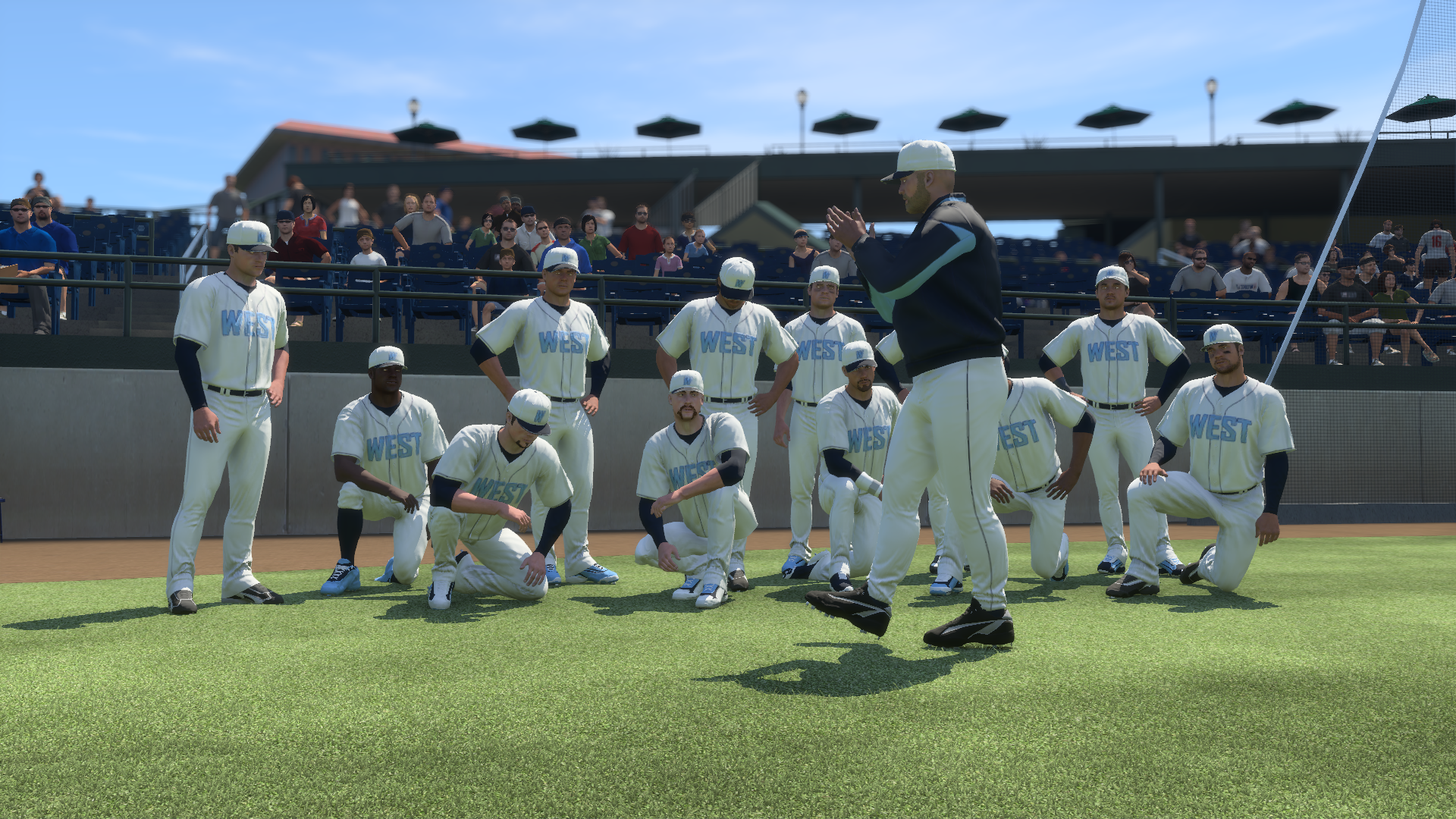
-
Mlb The Show 16 Review 11
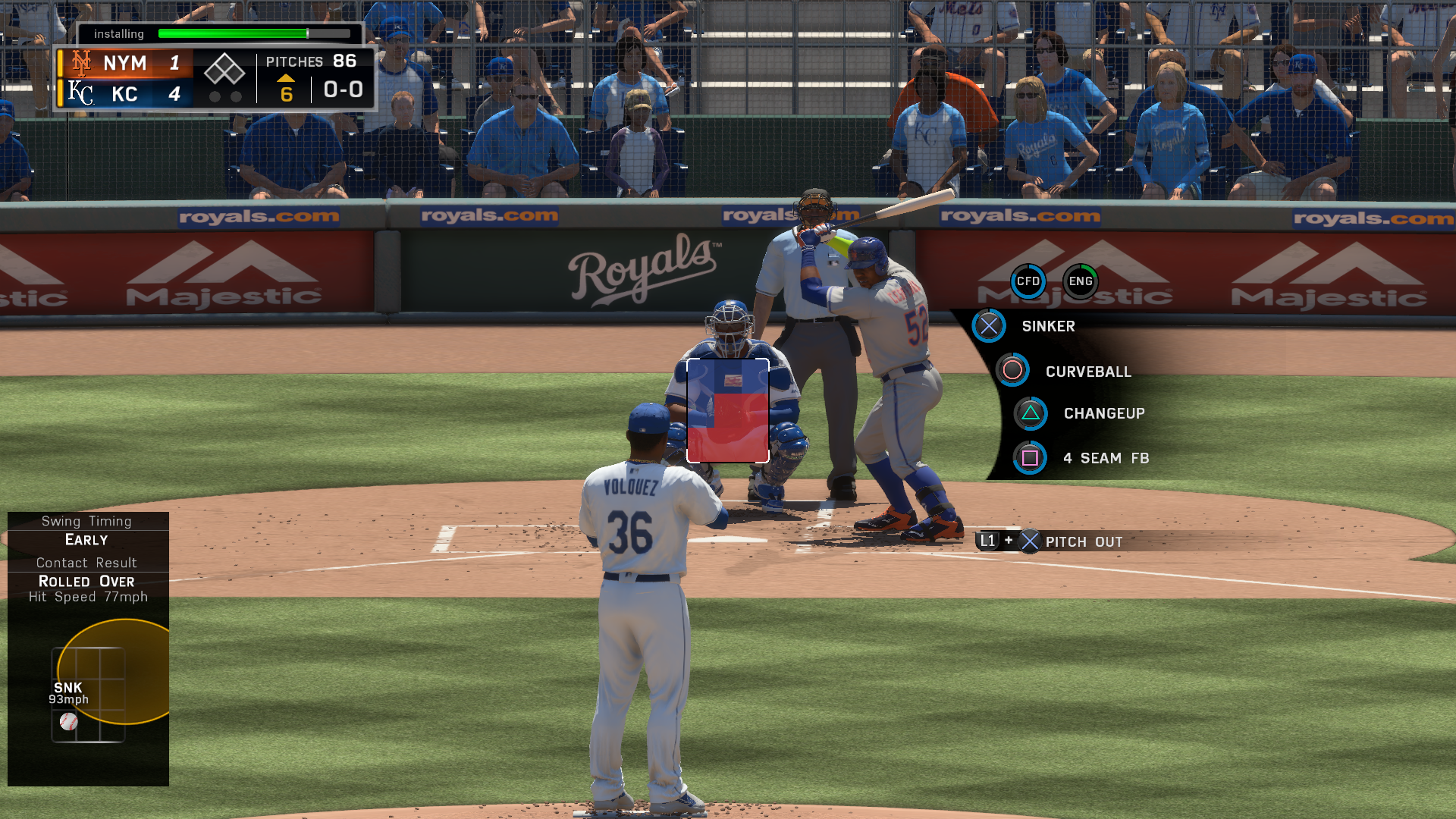
-
Mlb The Show 16 Review 12
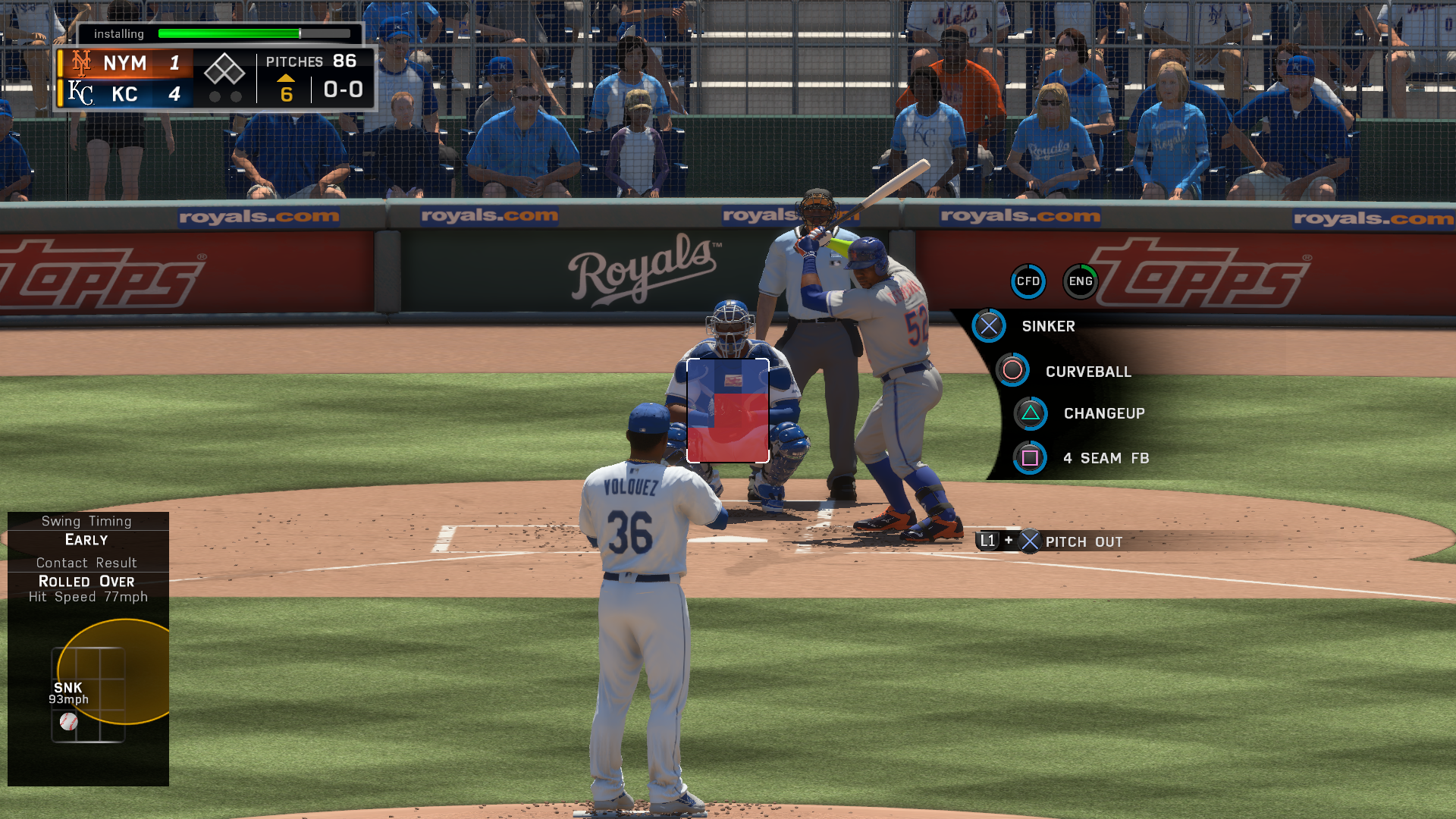
-
Mlb The Show 16 Review 13
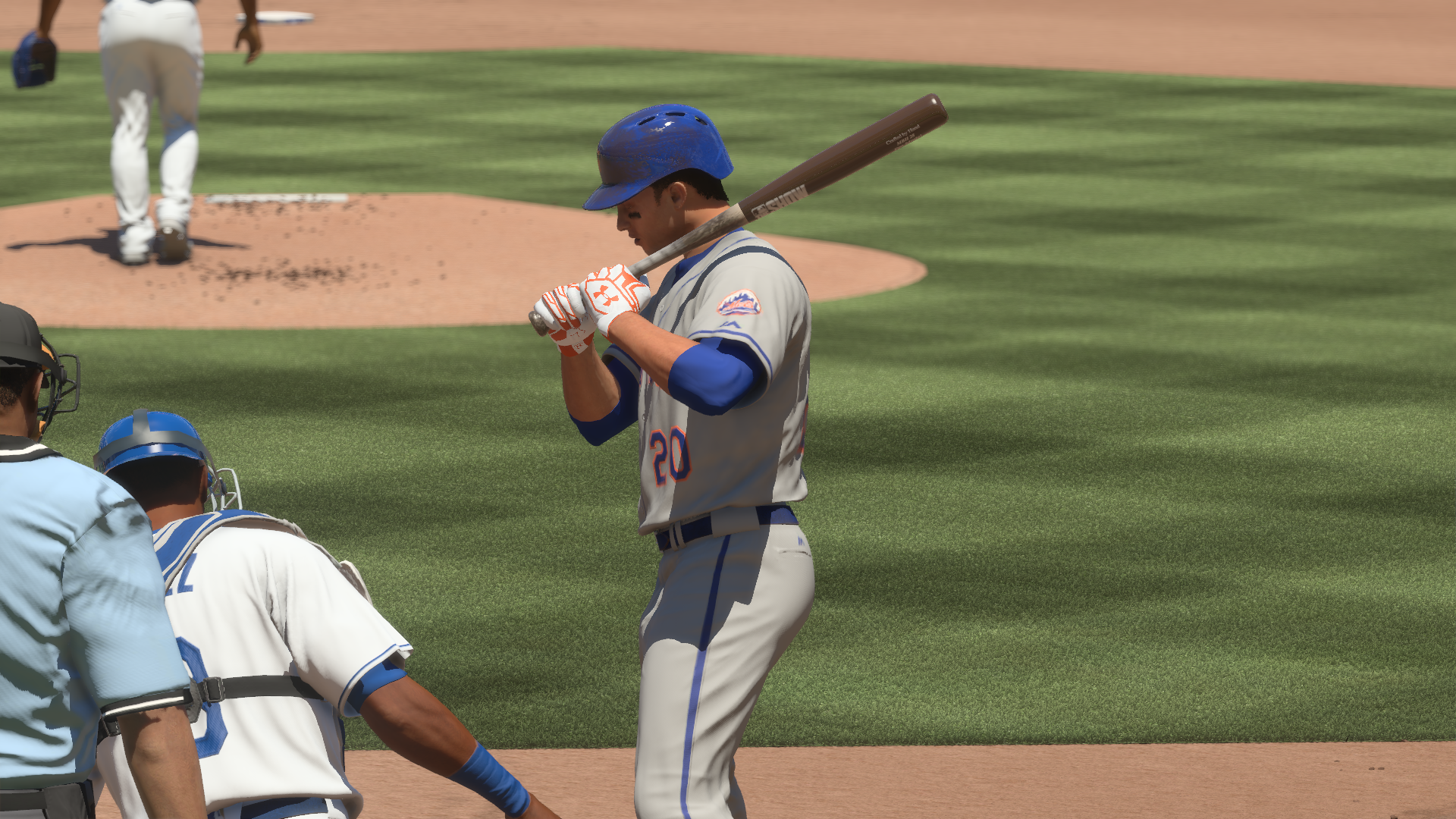
-
Mlb The Show 16 Review 14
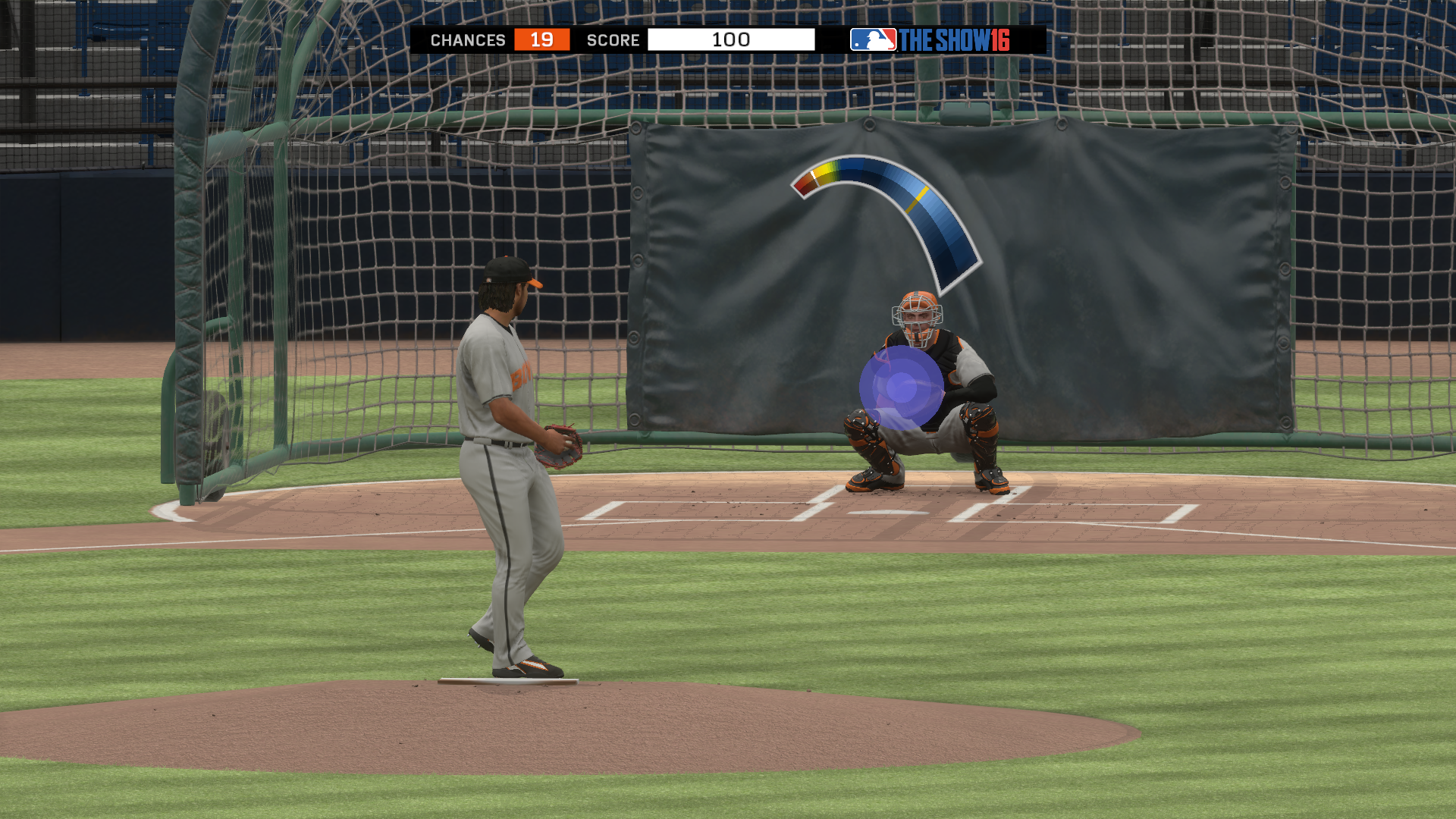
-
Mlb The Show 16 Review 15
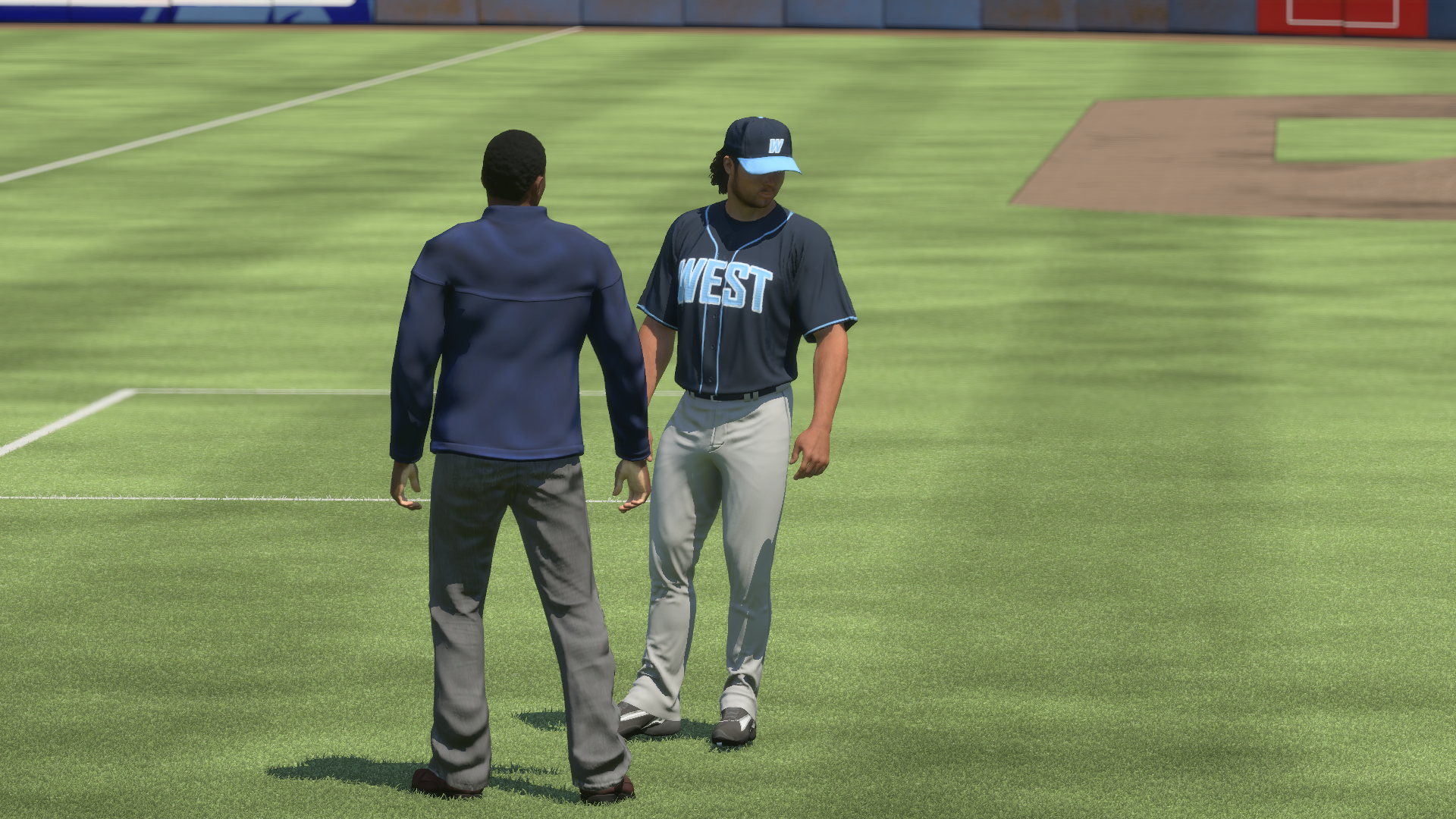
-
Mlb The Show 16 Review 16
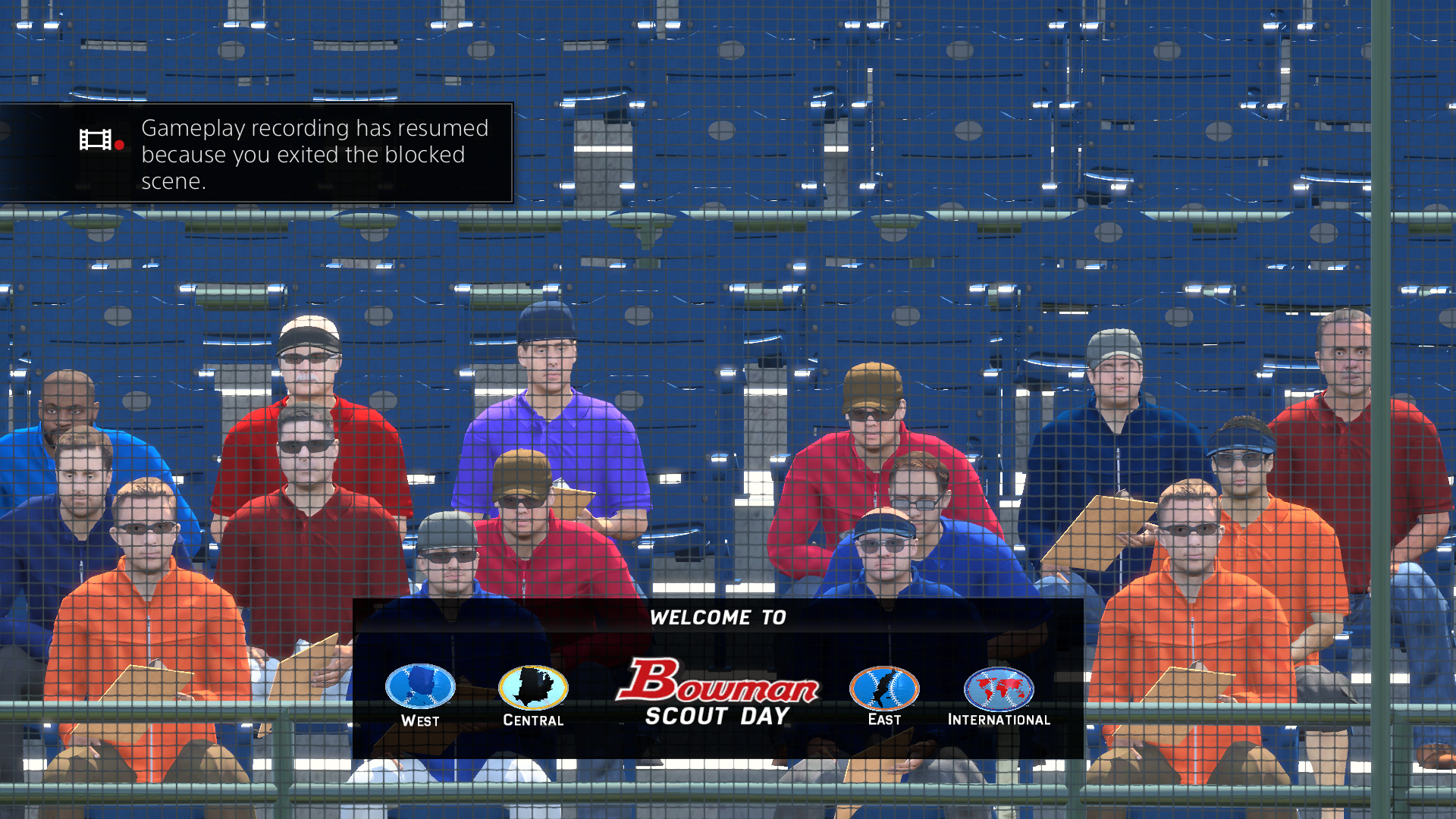
-
Mlb The Show 16 Review 17
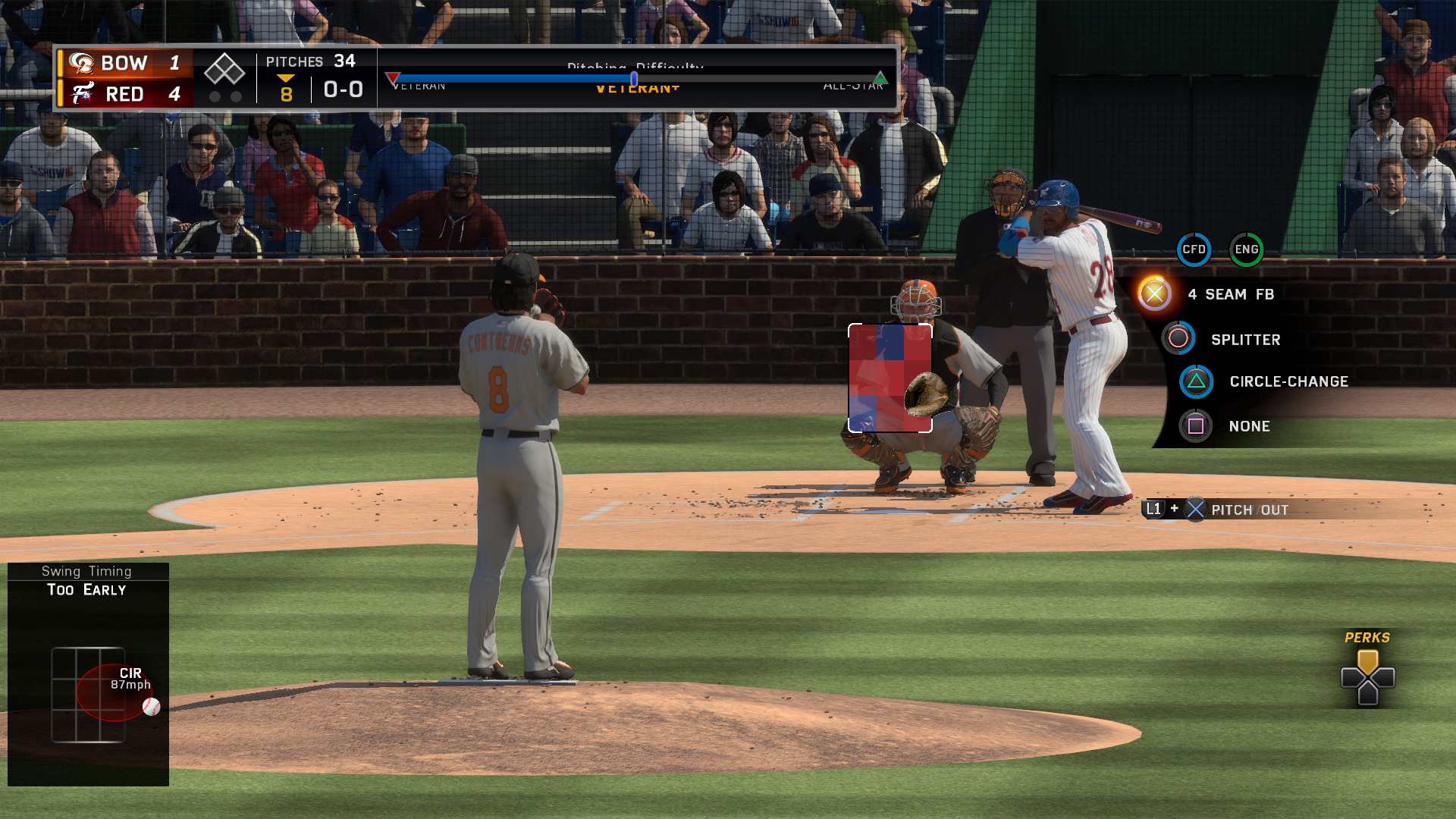
-
Mlb The Show 16 Review 18
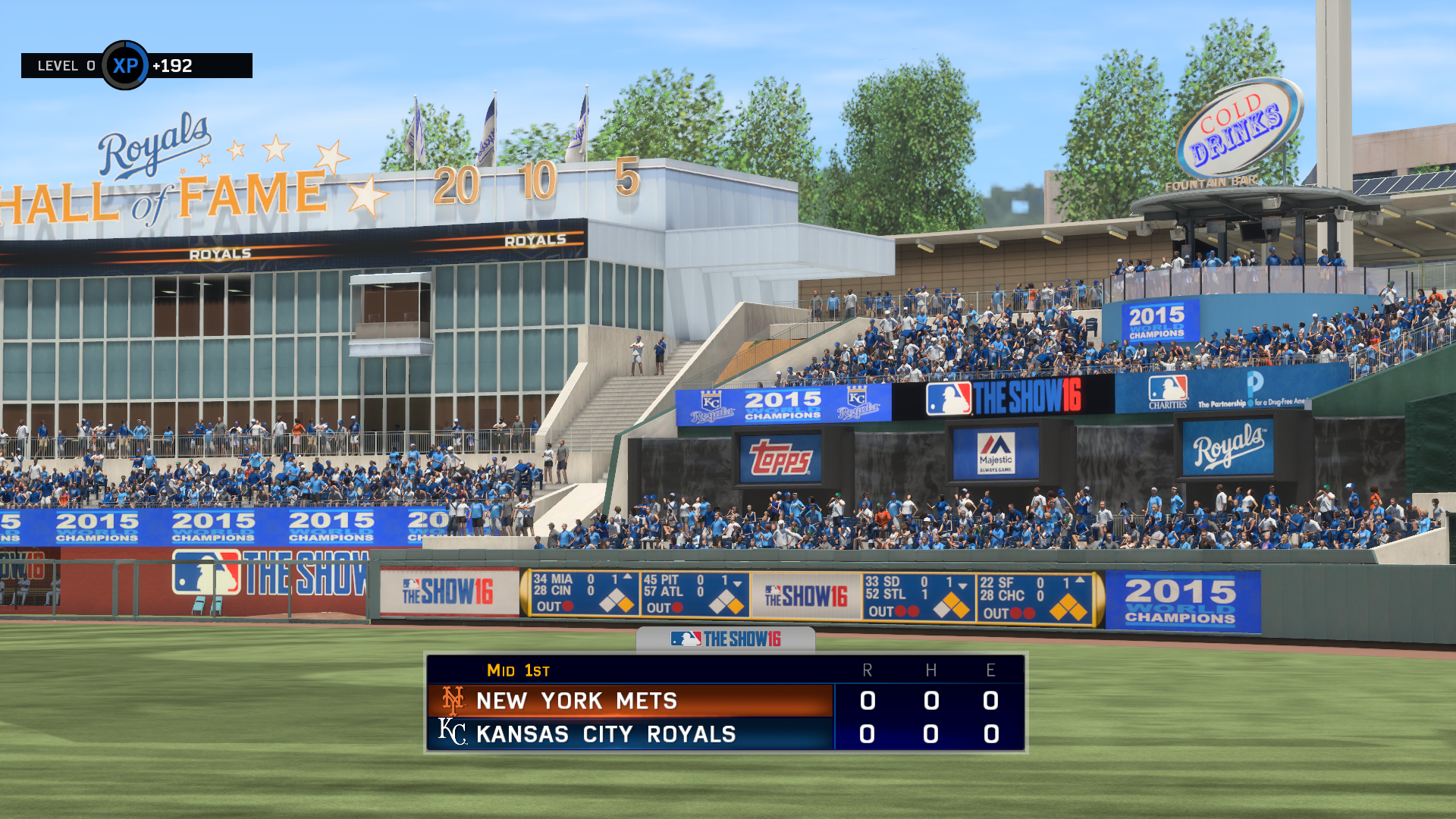
-
Mlb The Show 16 Review 19
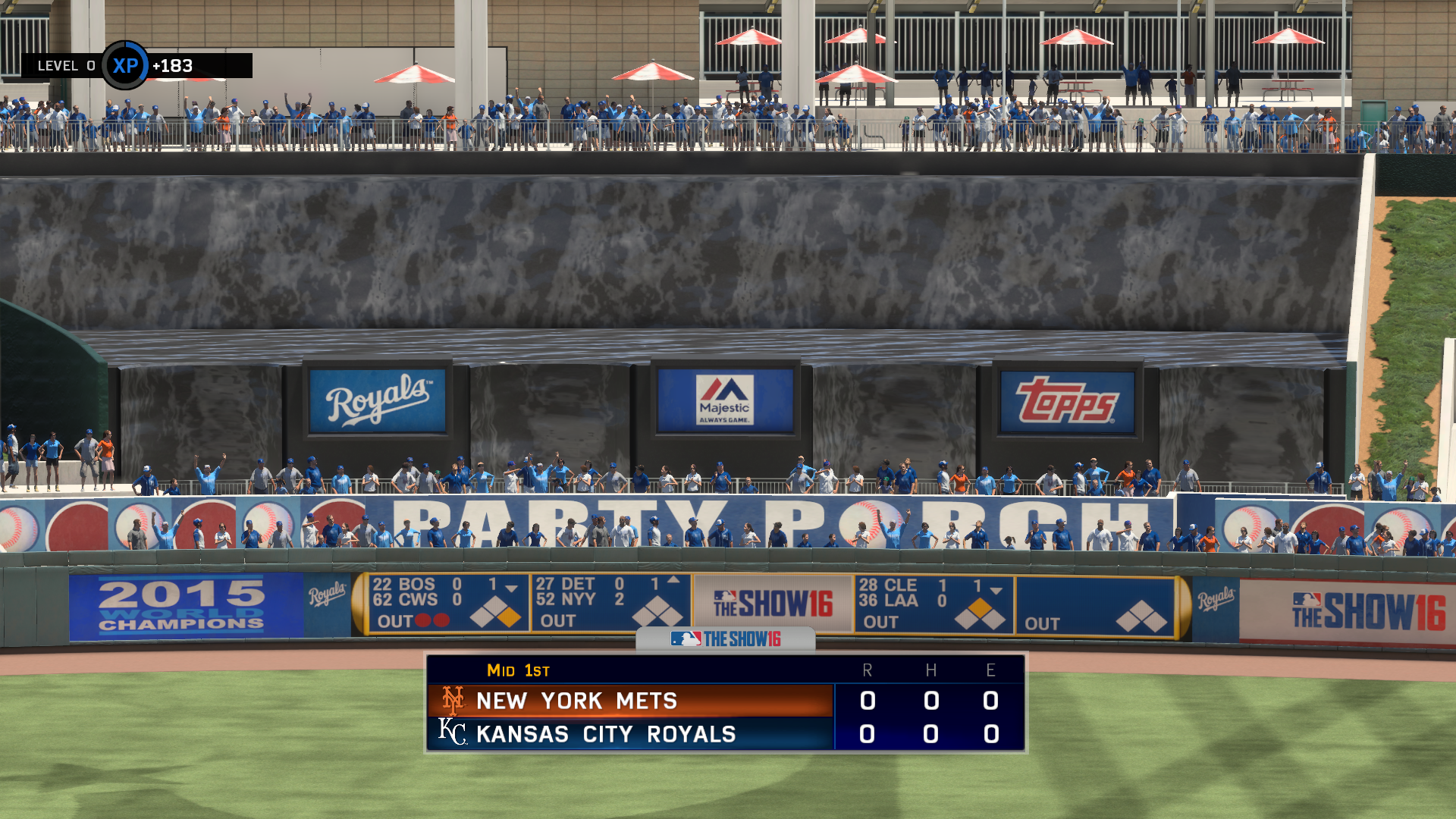
-
Mlb The Show 16 Review 20
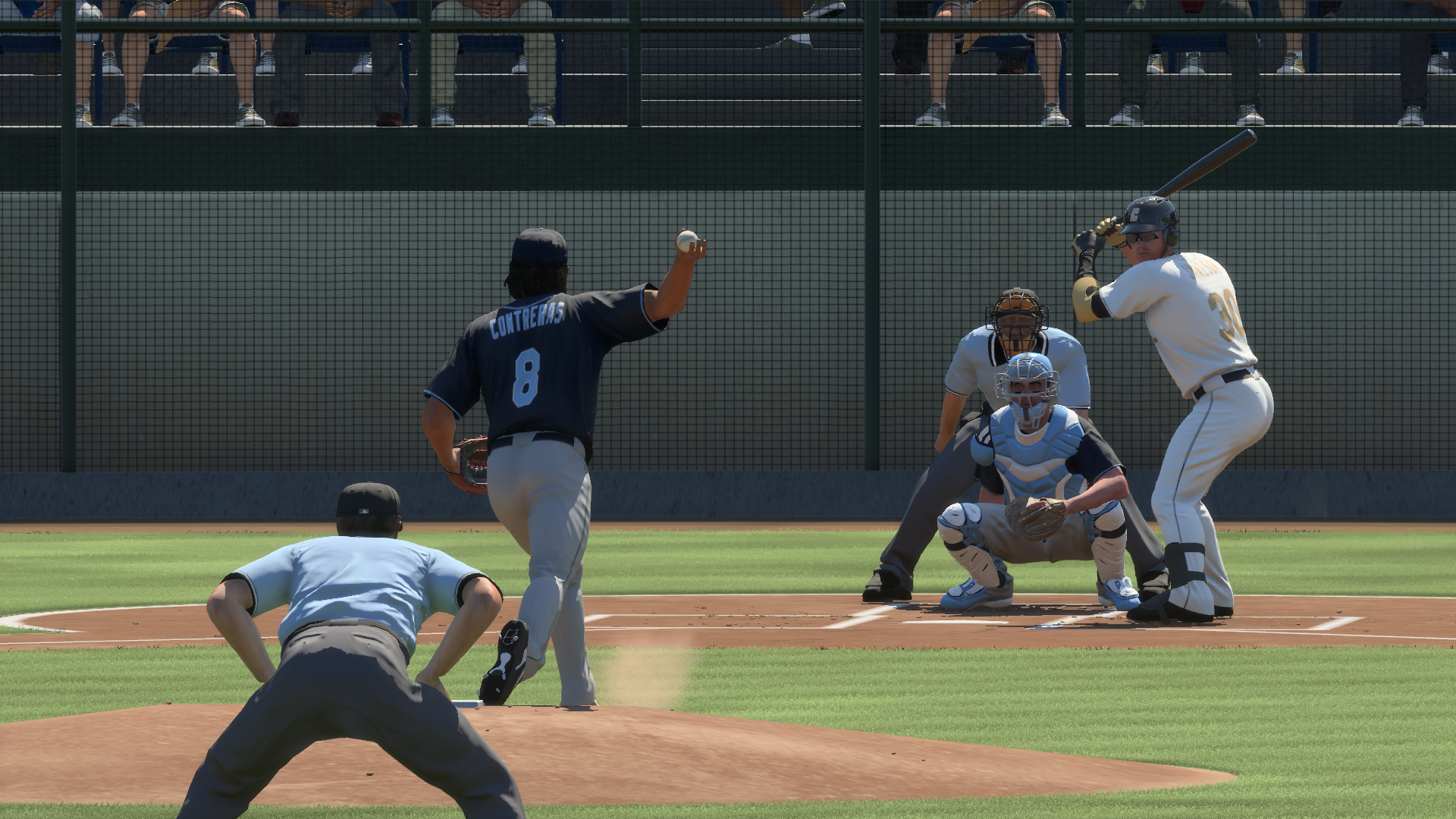
-
Mlb The Show 16 Review 21
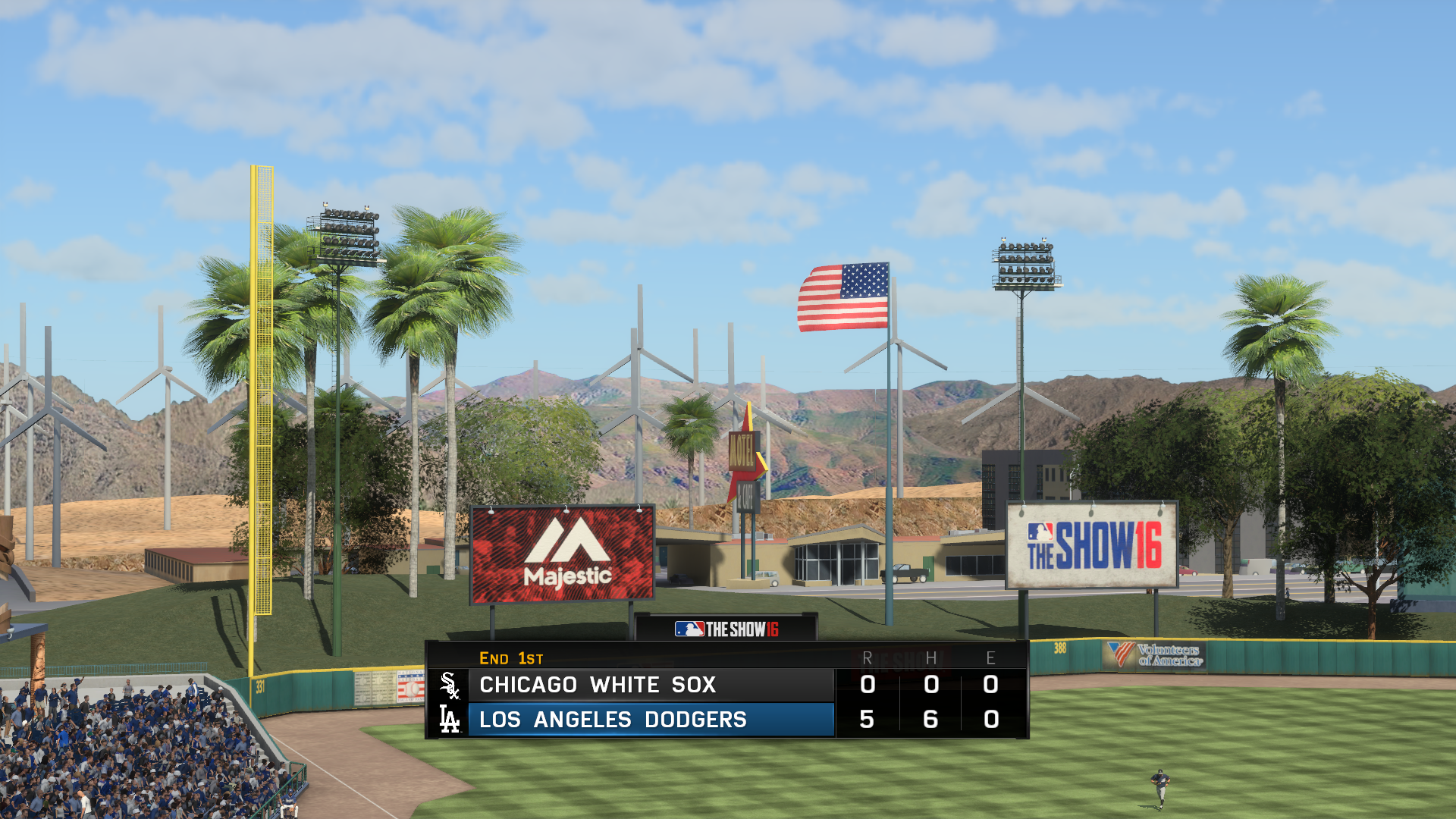
-
Mlb The Show 16 Review 22
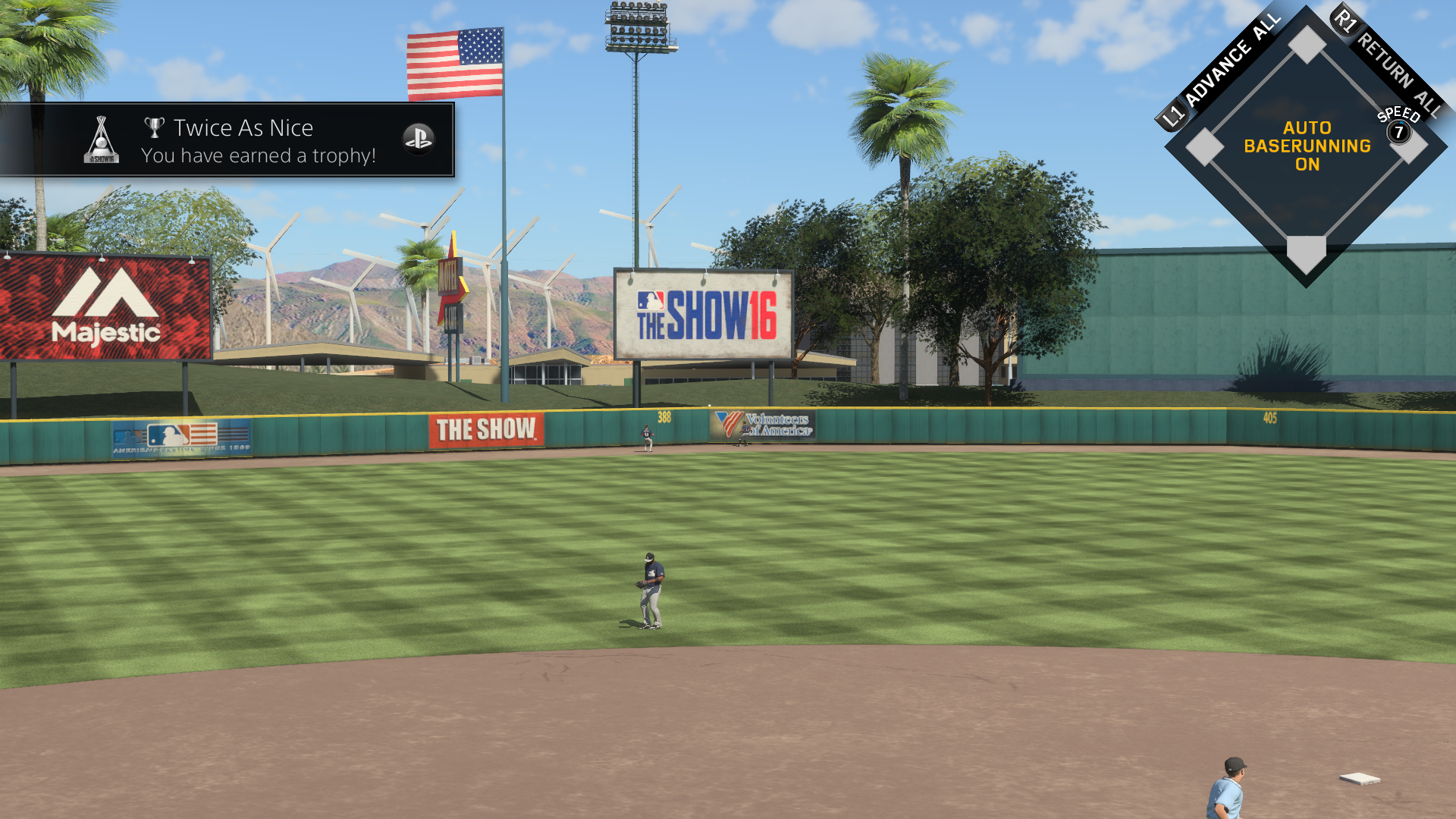
-
Mlb The Show 16 Review 23
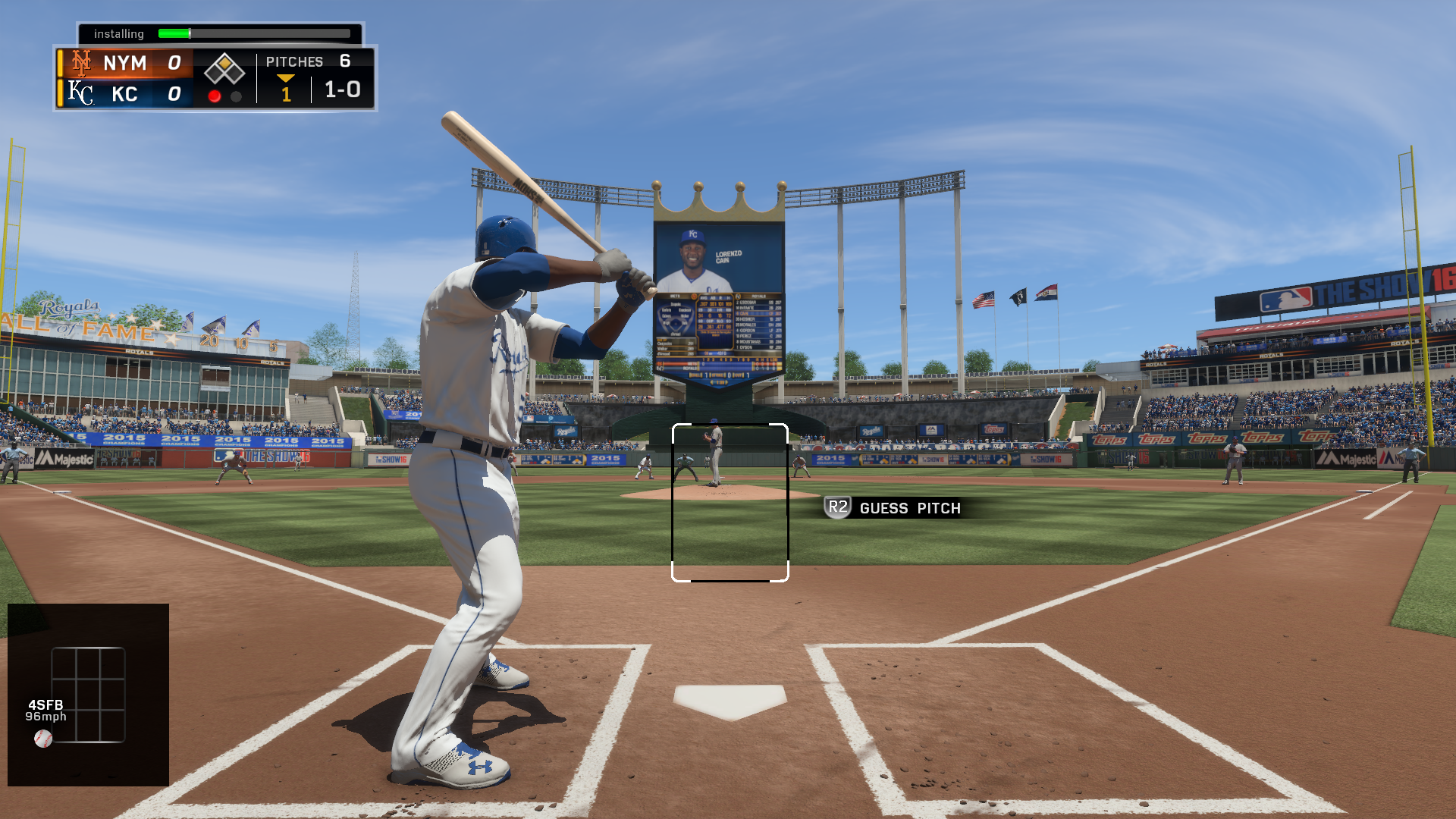
-
Mlb The Show 16 Review 24
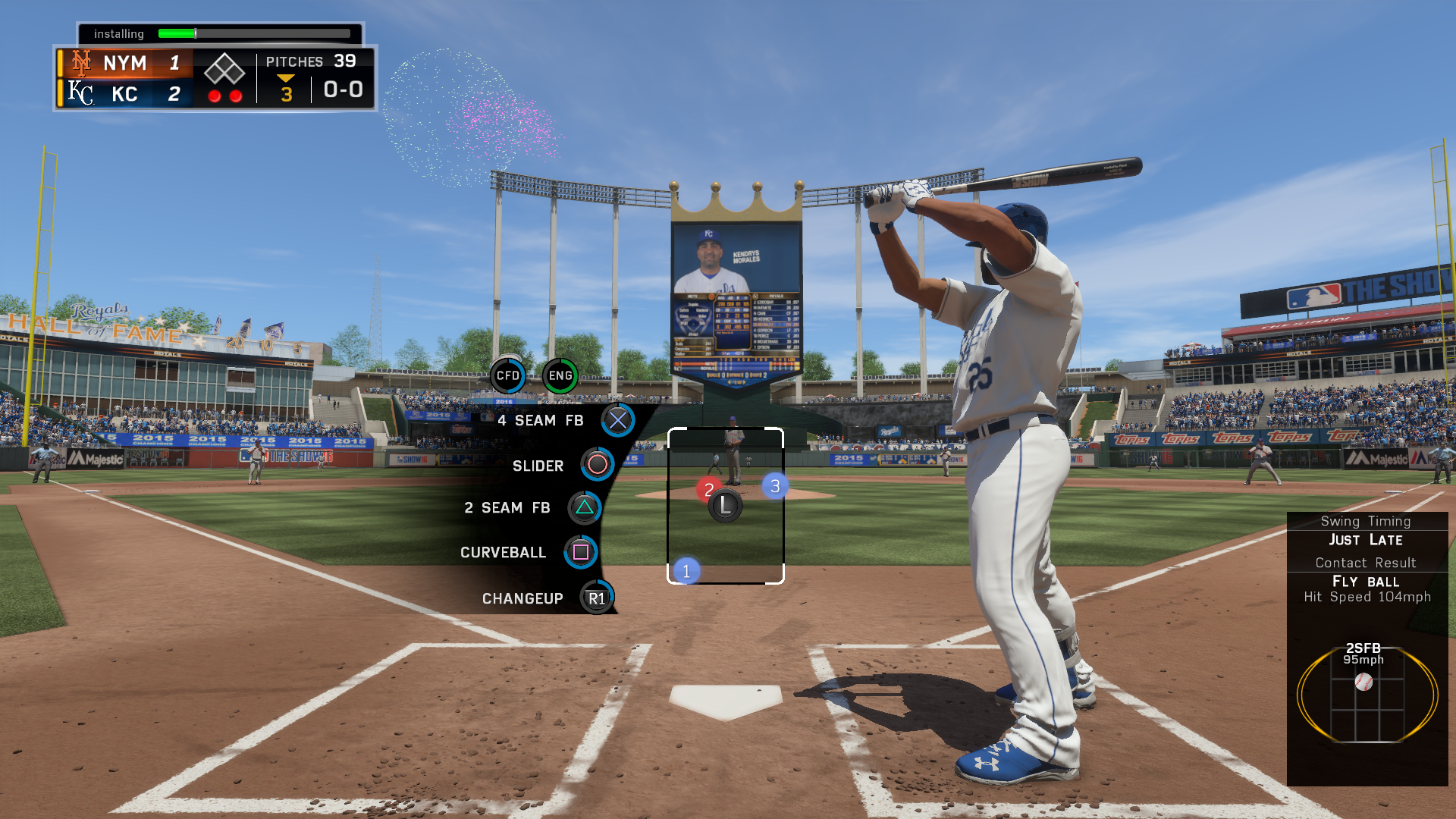
-
Mlb The Show 16 Review 25
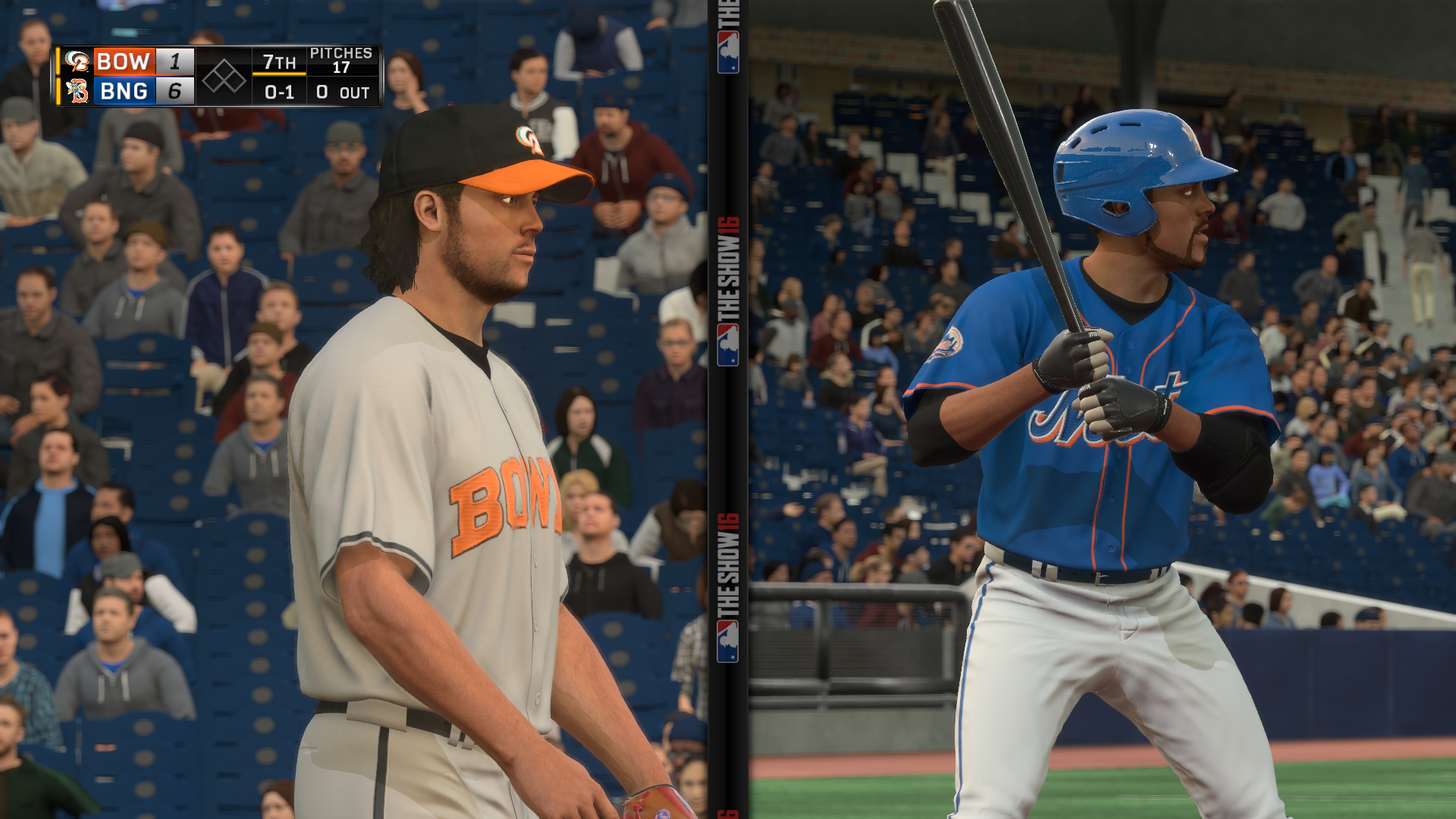
-
Mlb The Show 16 Review 26
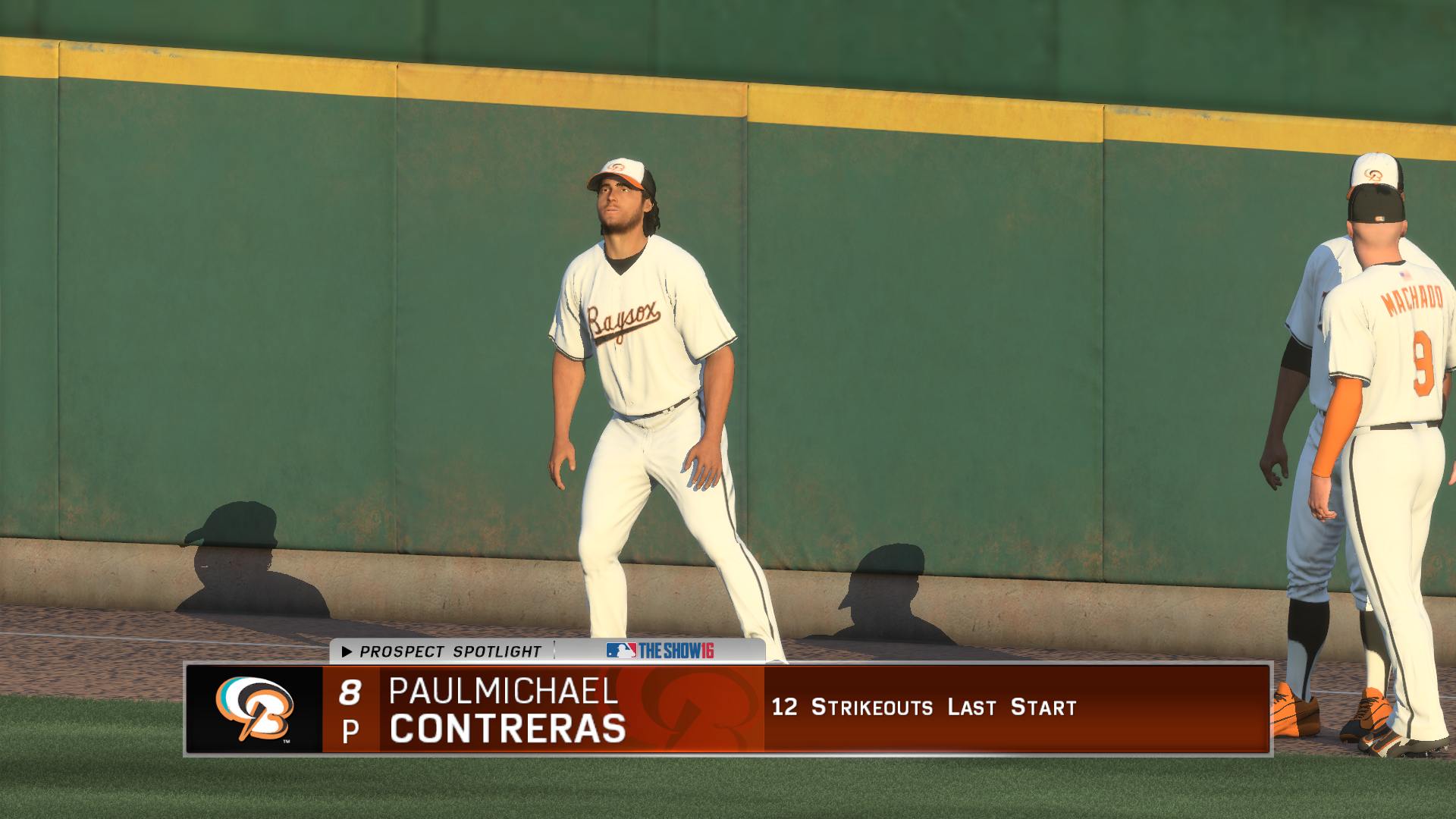
-
Mlb The Show 16 Review 27
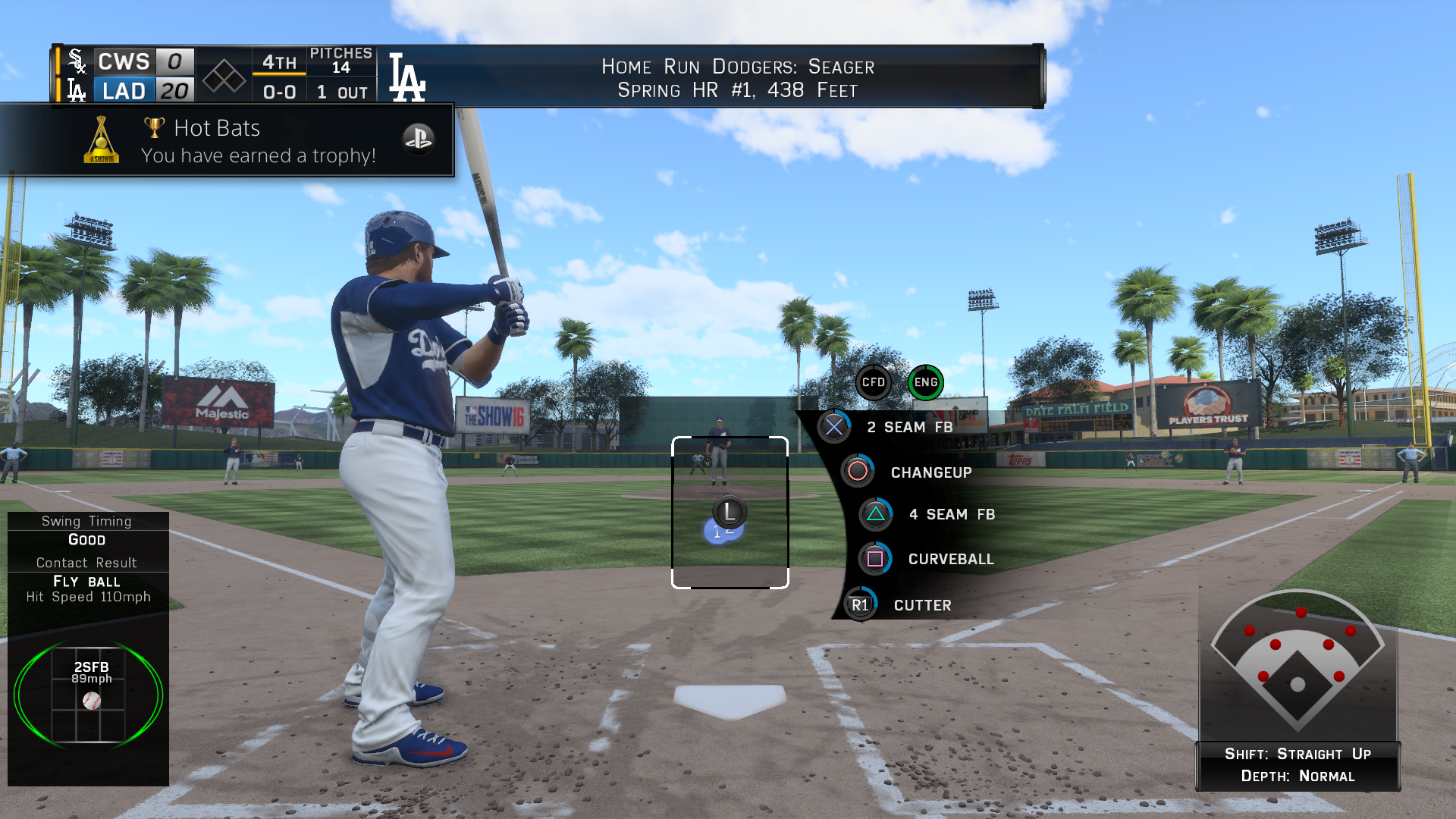
-
Mlb The Show 16 Review 28
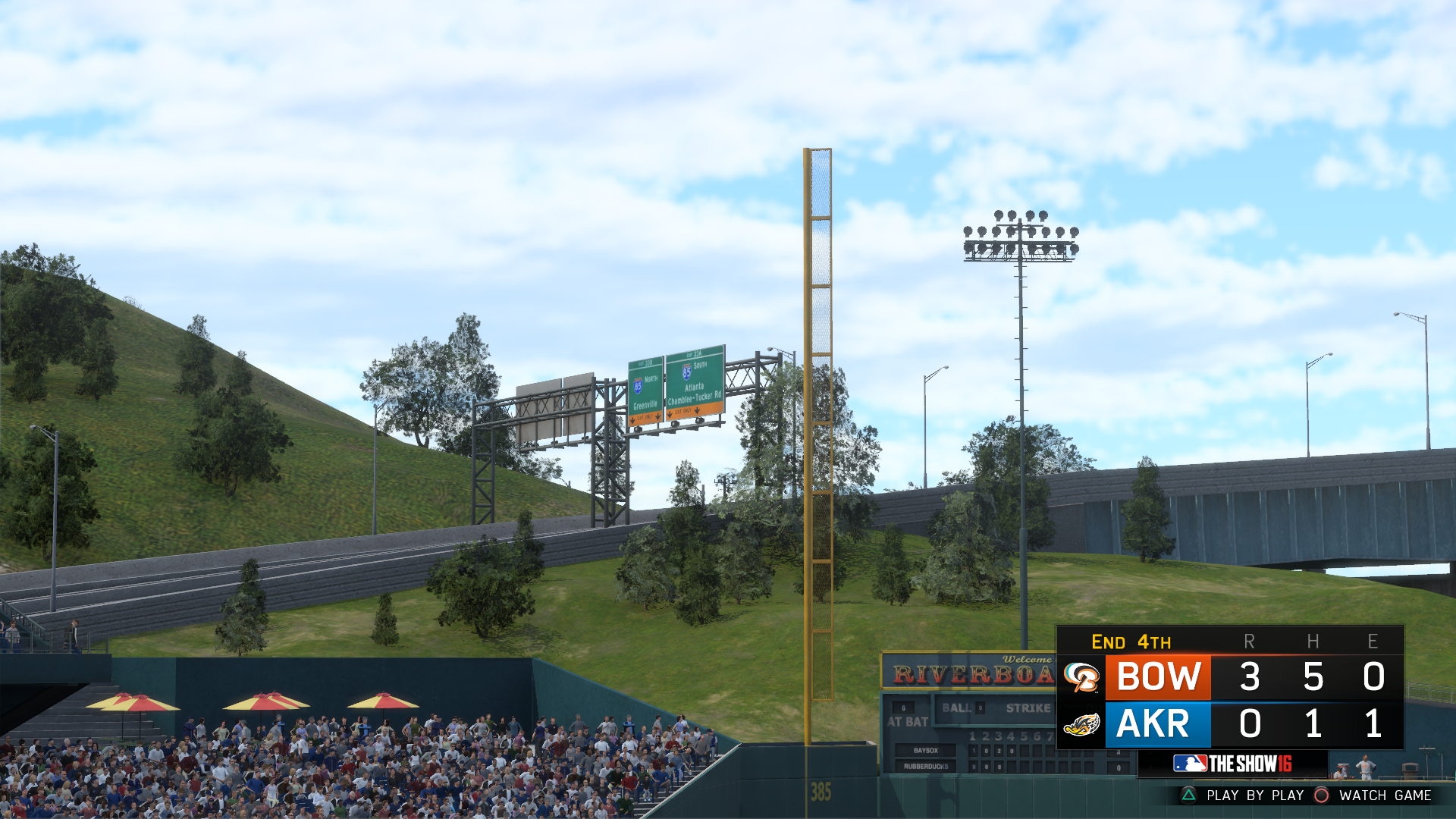
-
Mlb The Show 16 Review 29
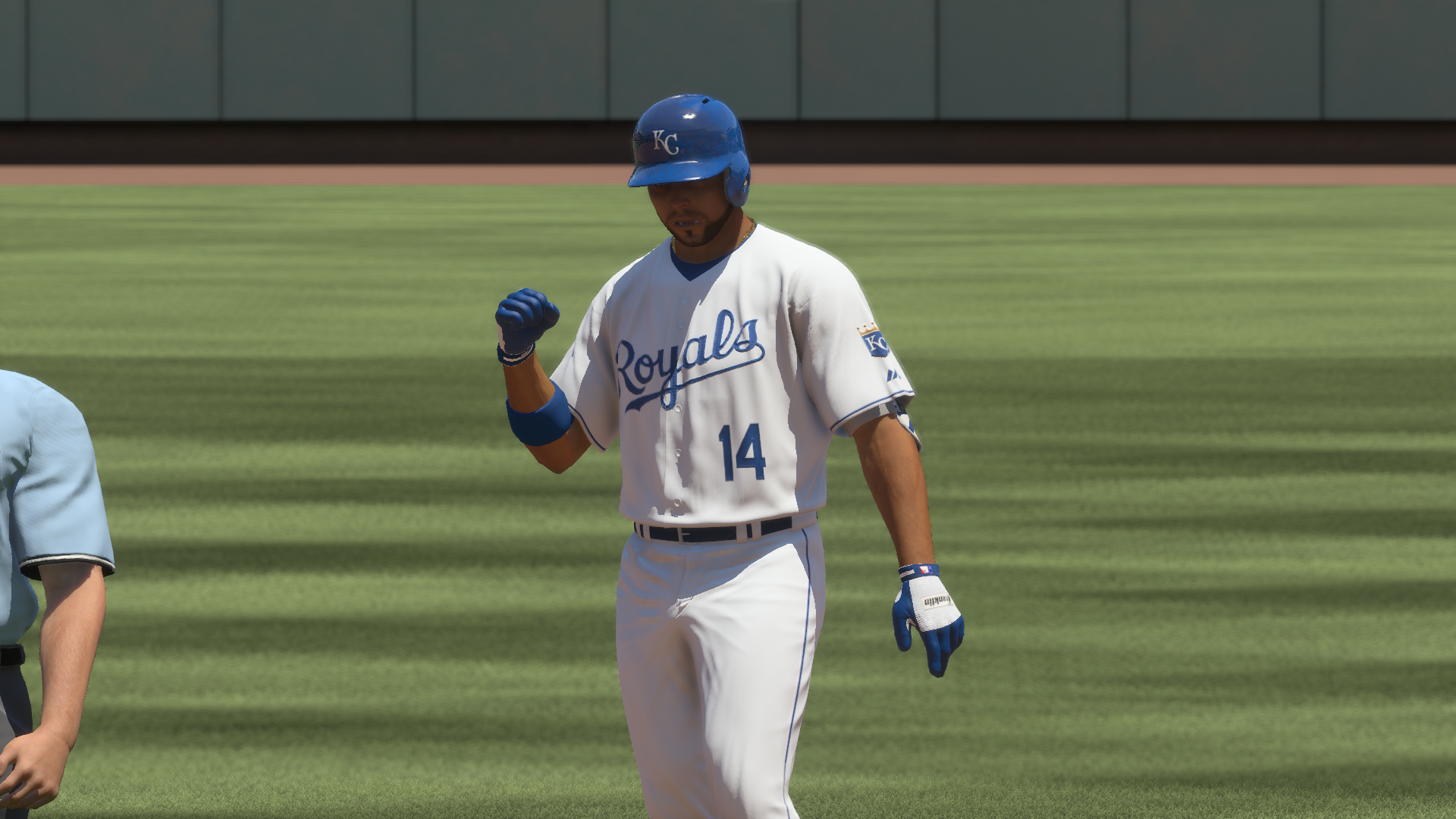
-
Mlb The Show 16 Review 30
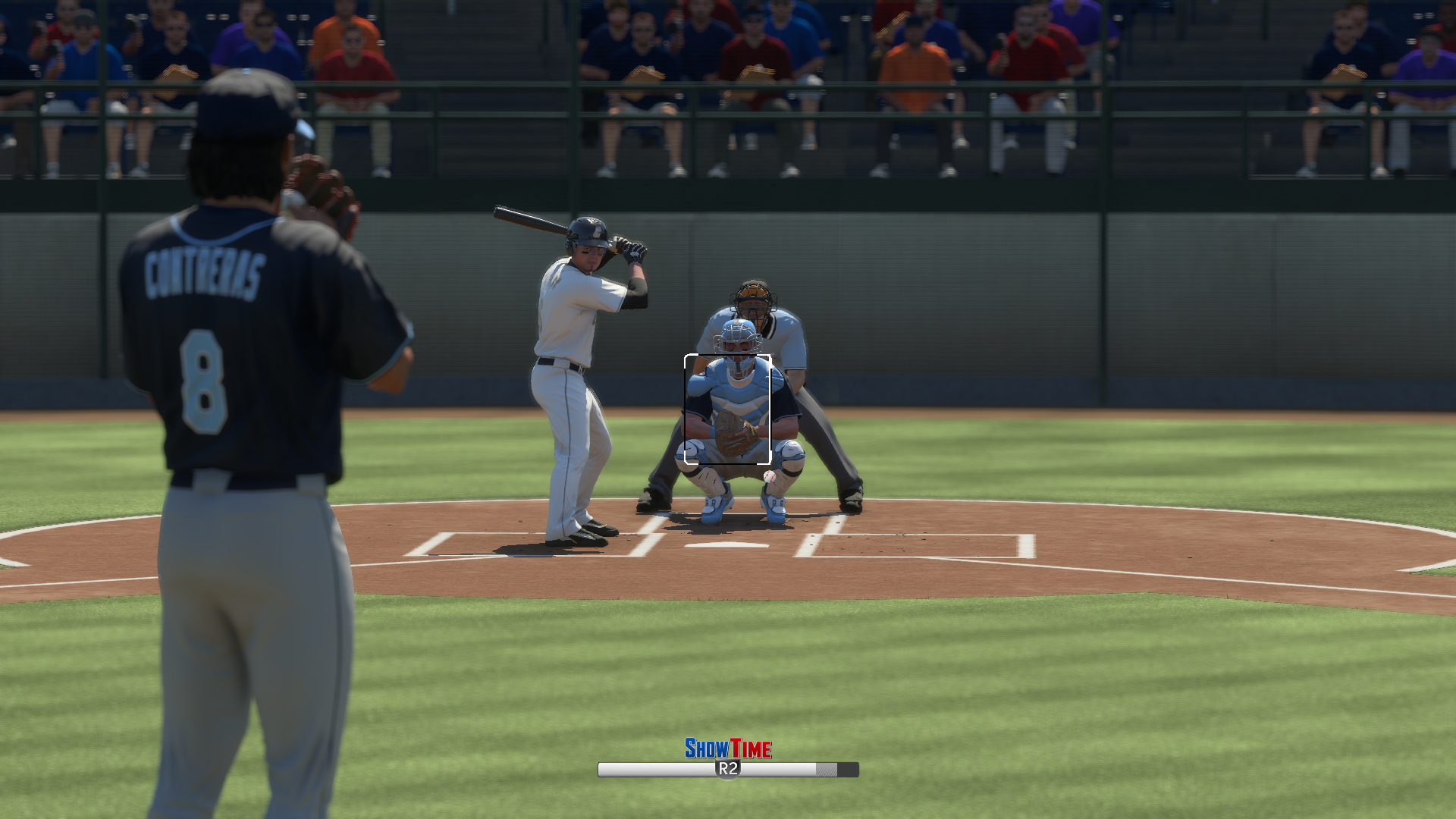
-
Mlb The Show 16 Review 31
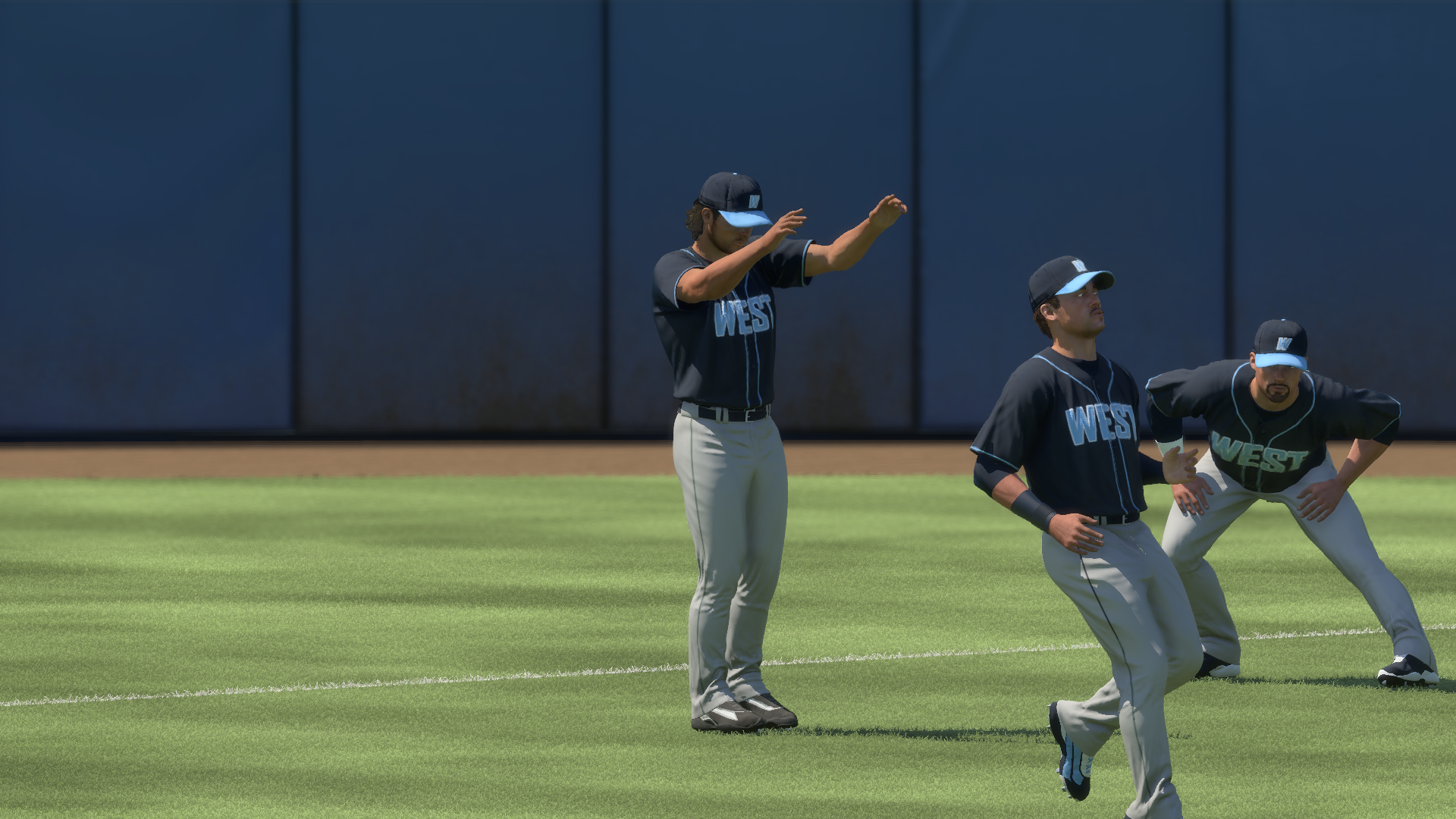
-
Mlb The Show 16 Review 32
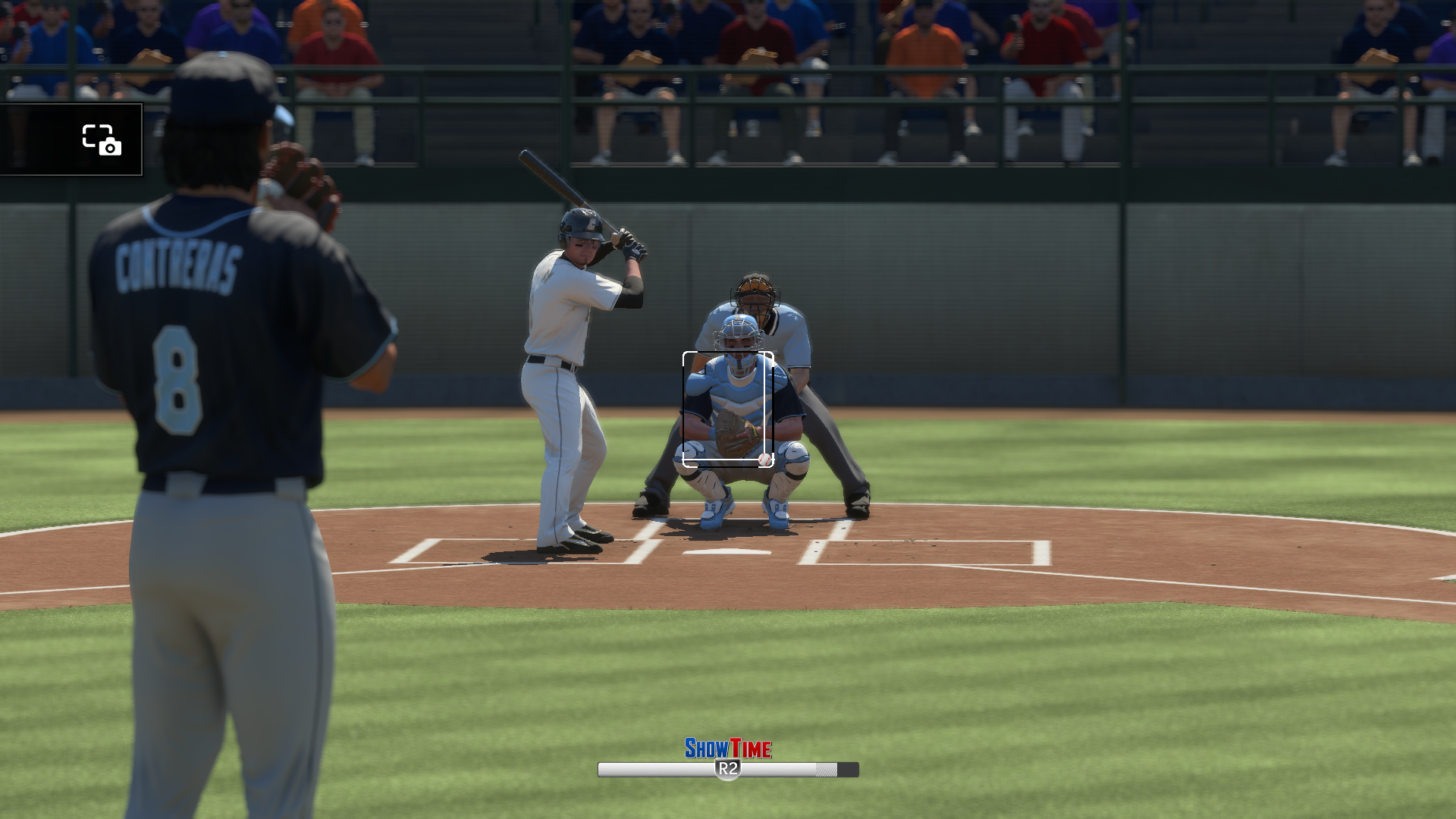
-
Mlb The Show 16 Review 33
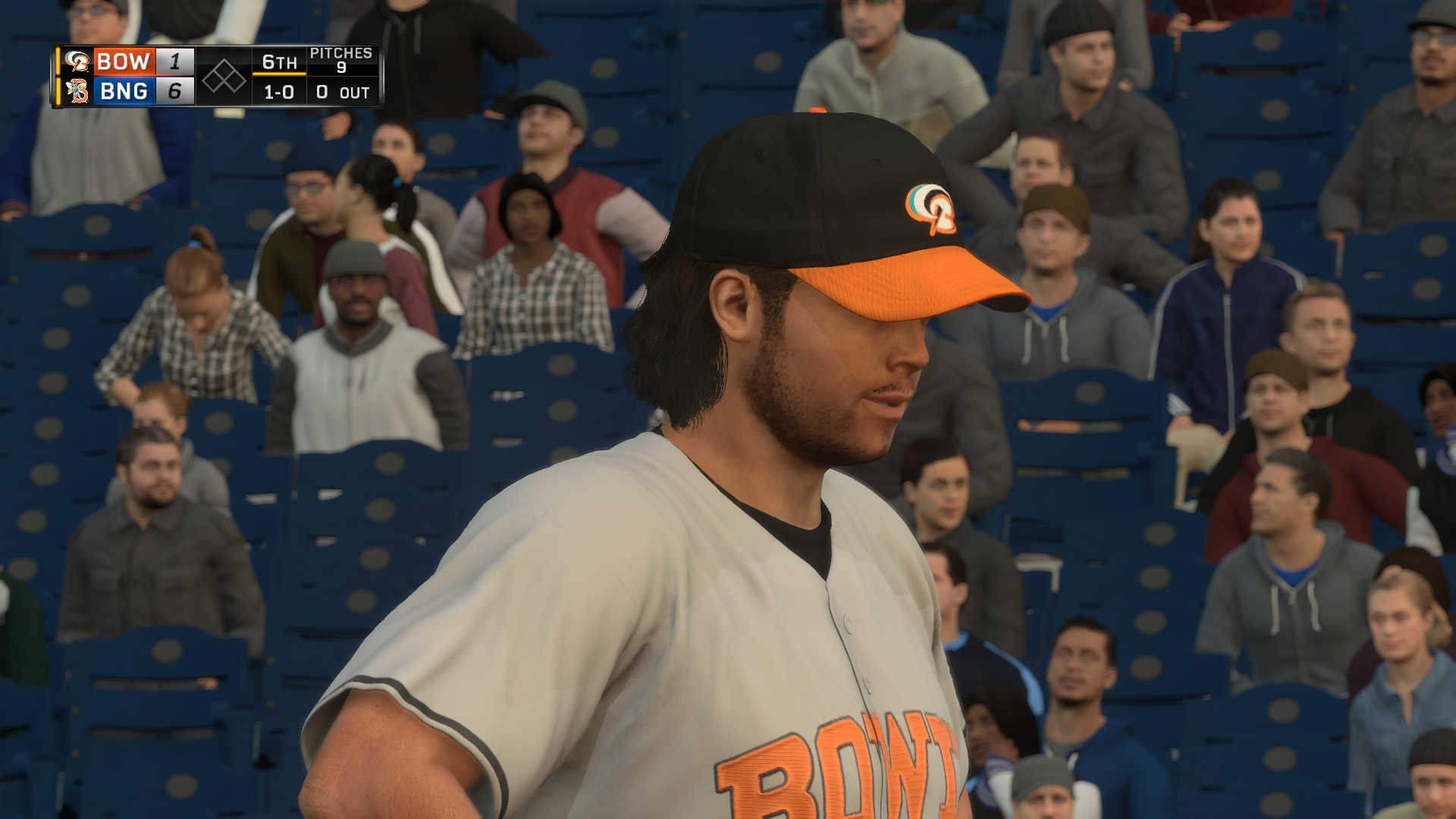
-
Mlb The Show 16 Review 34
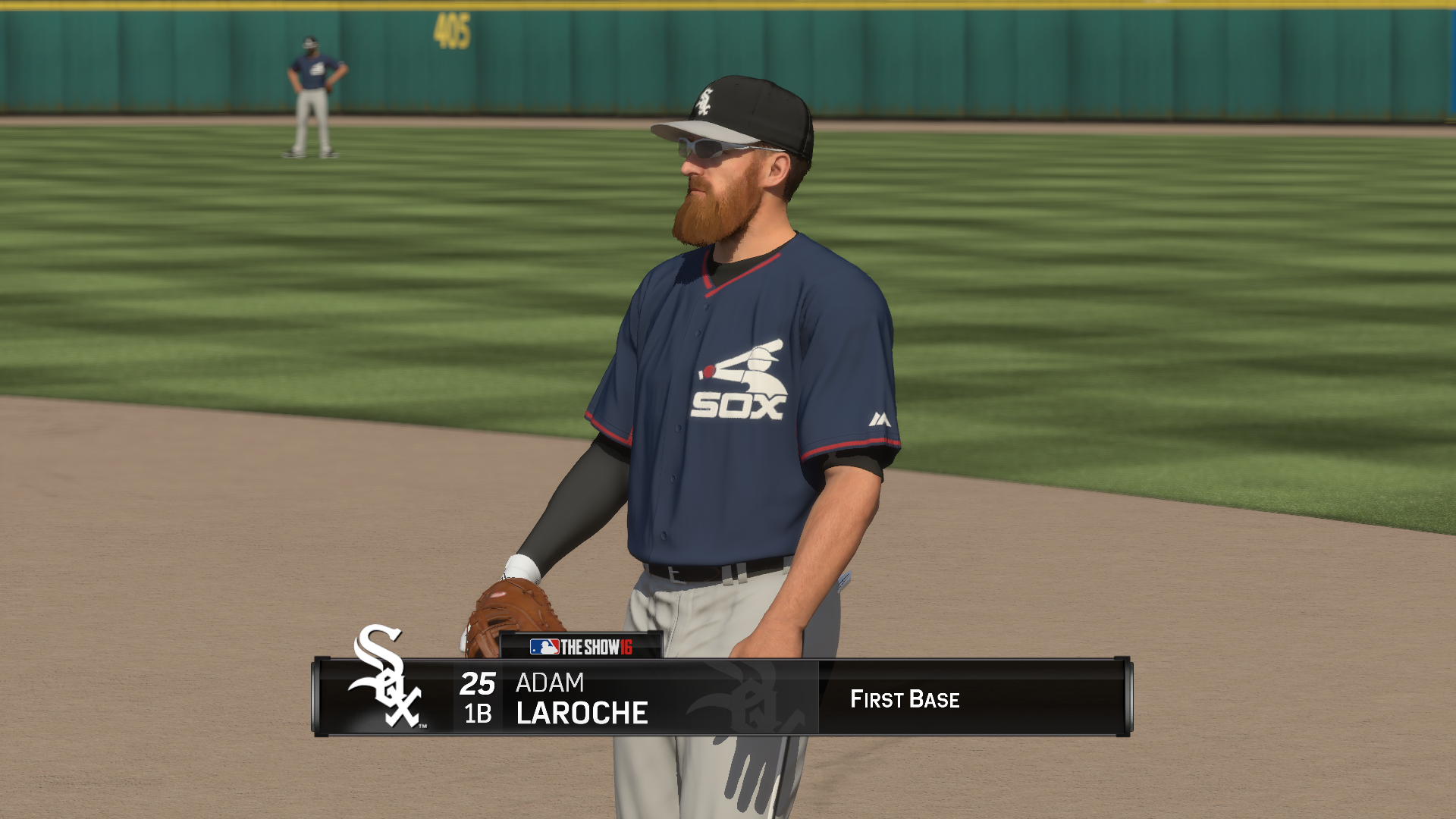
-
Mlb The Show 16 Review 35
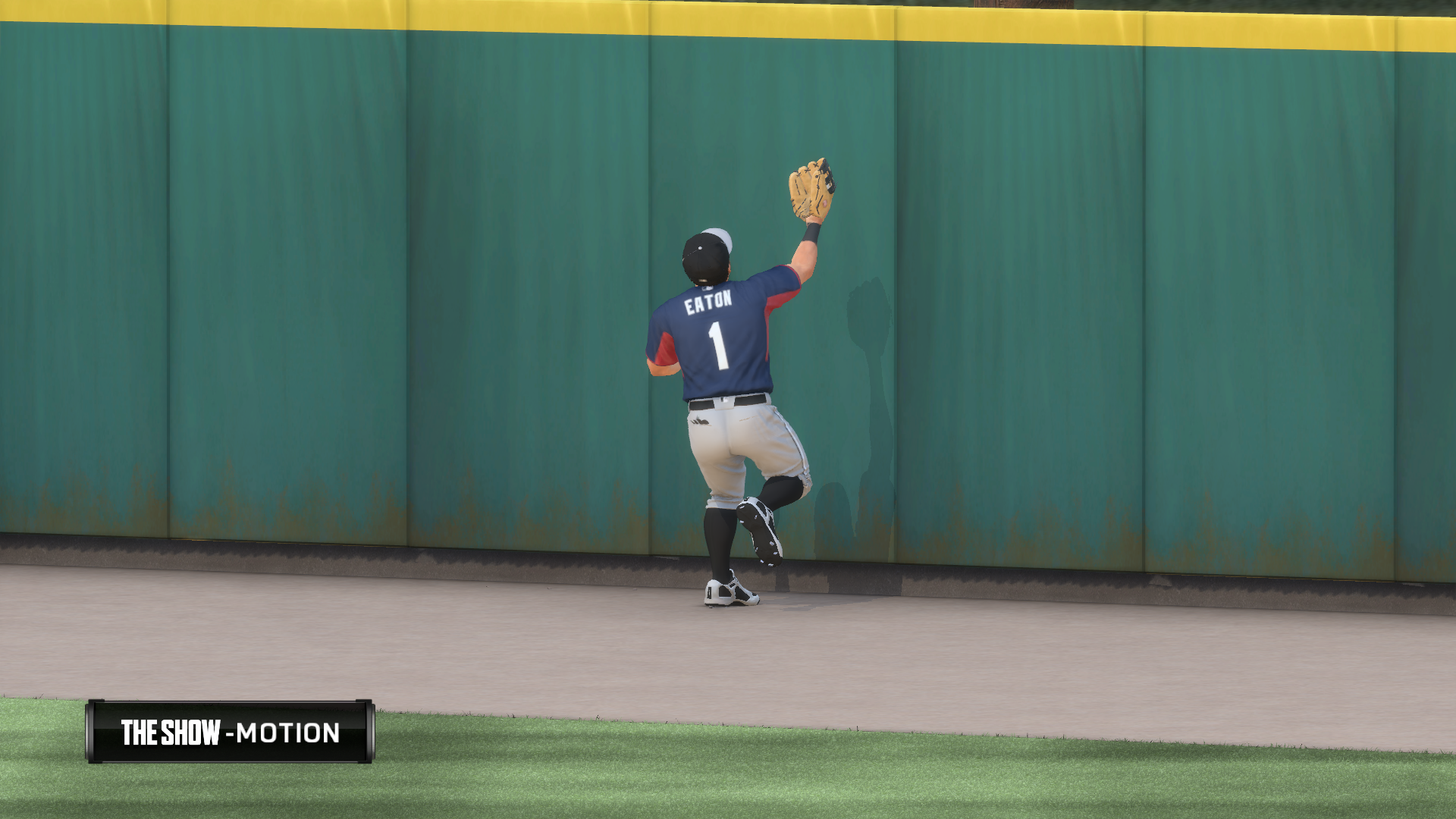
-
Mlb The Show 16 Review 36
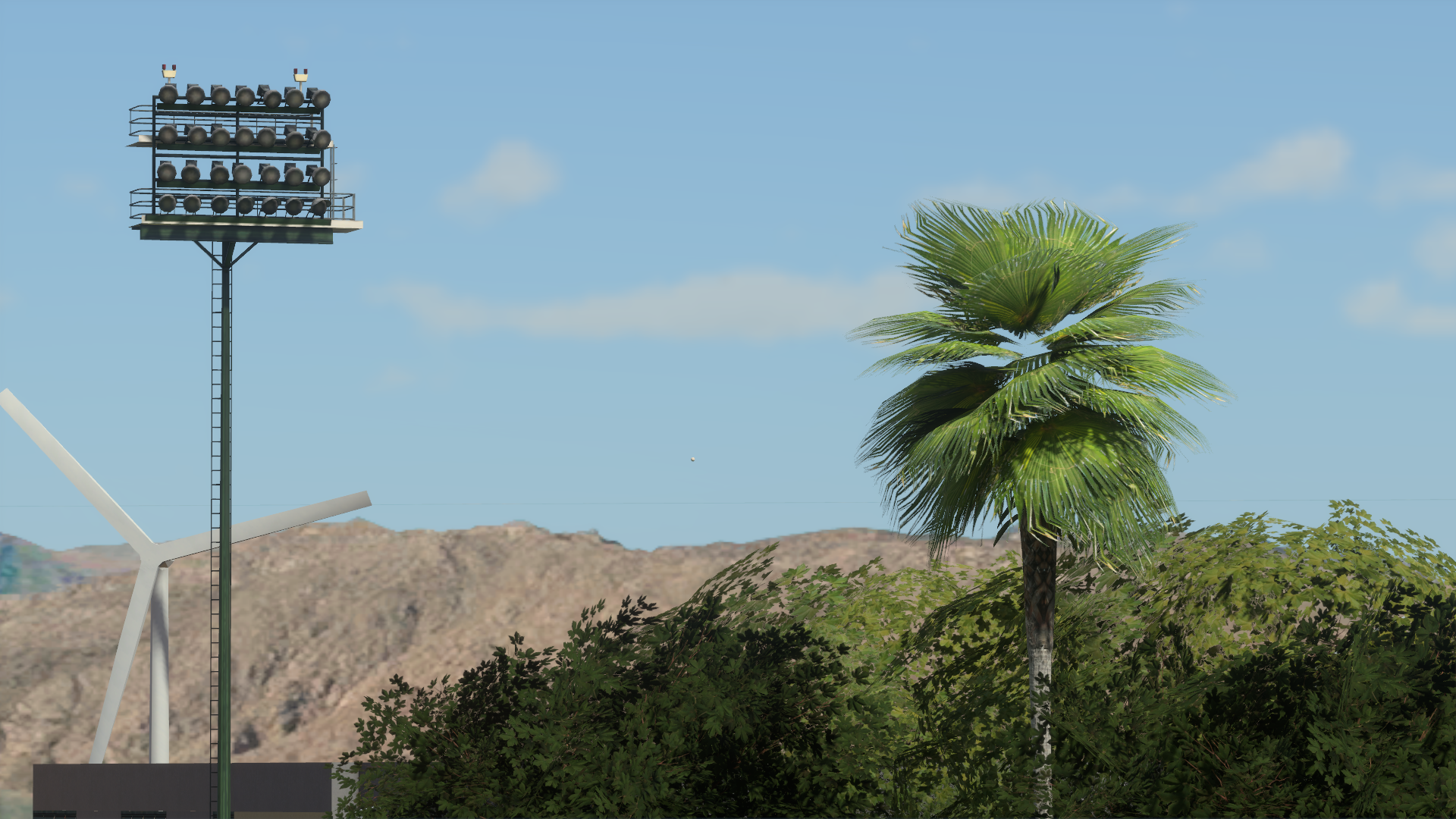
-
Mlb The Show 16 Review 37
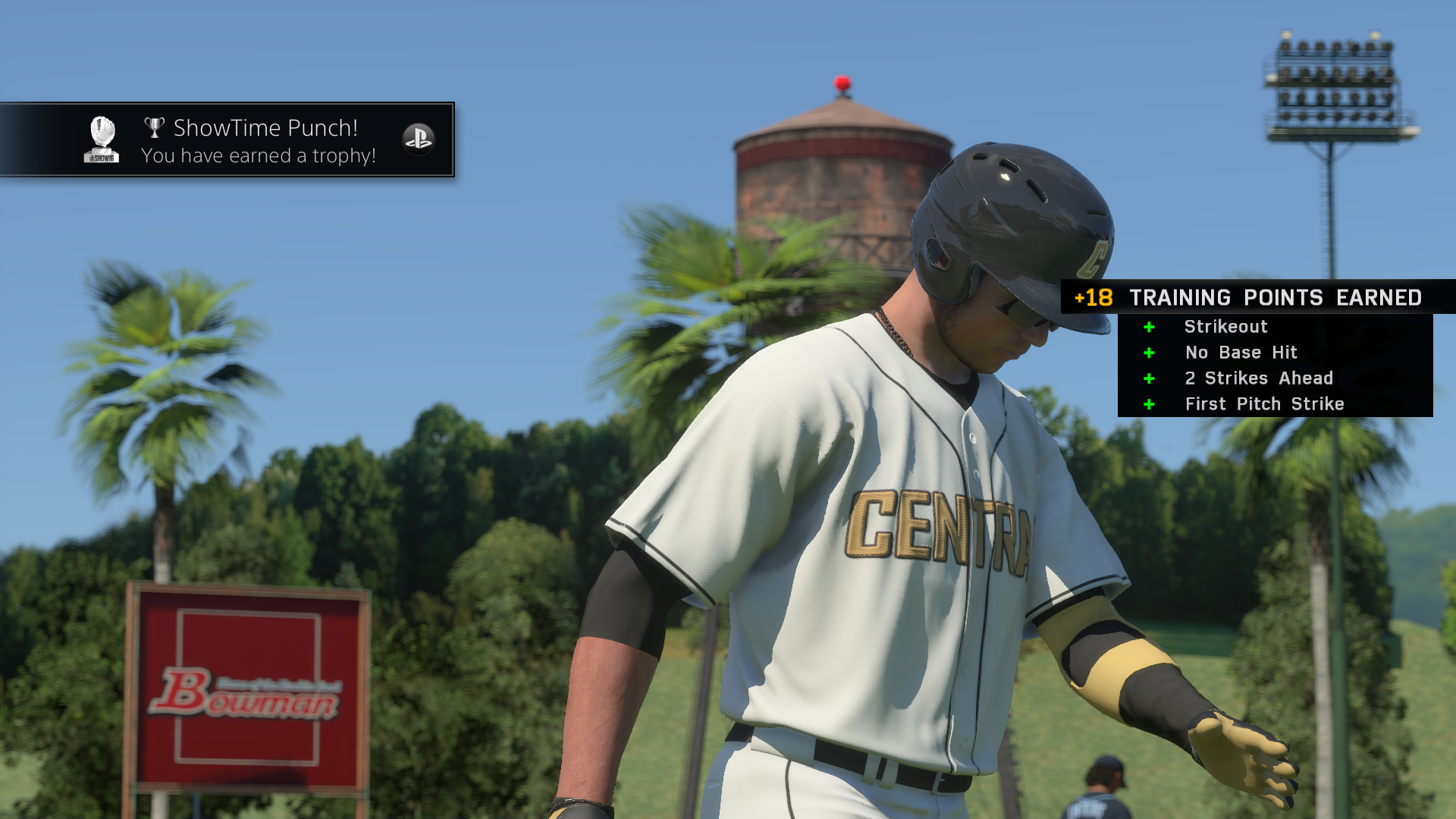
-
Mlb The Show 16 Review 38
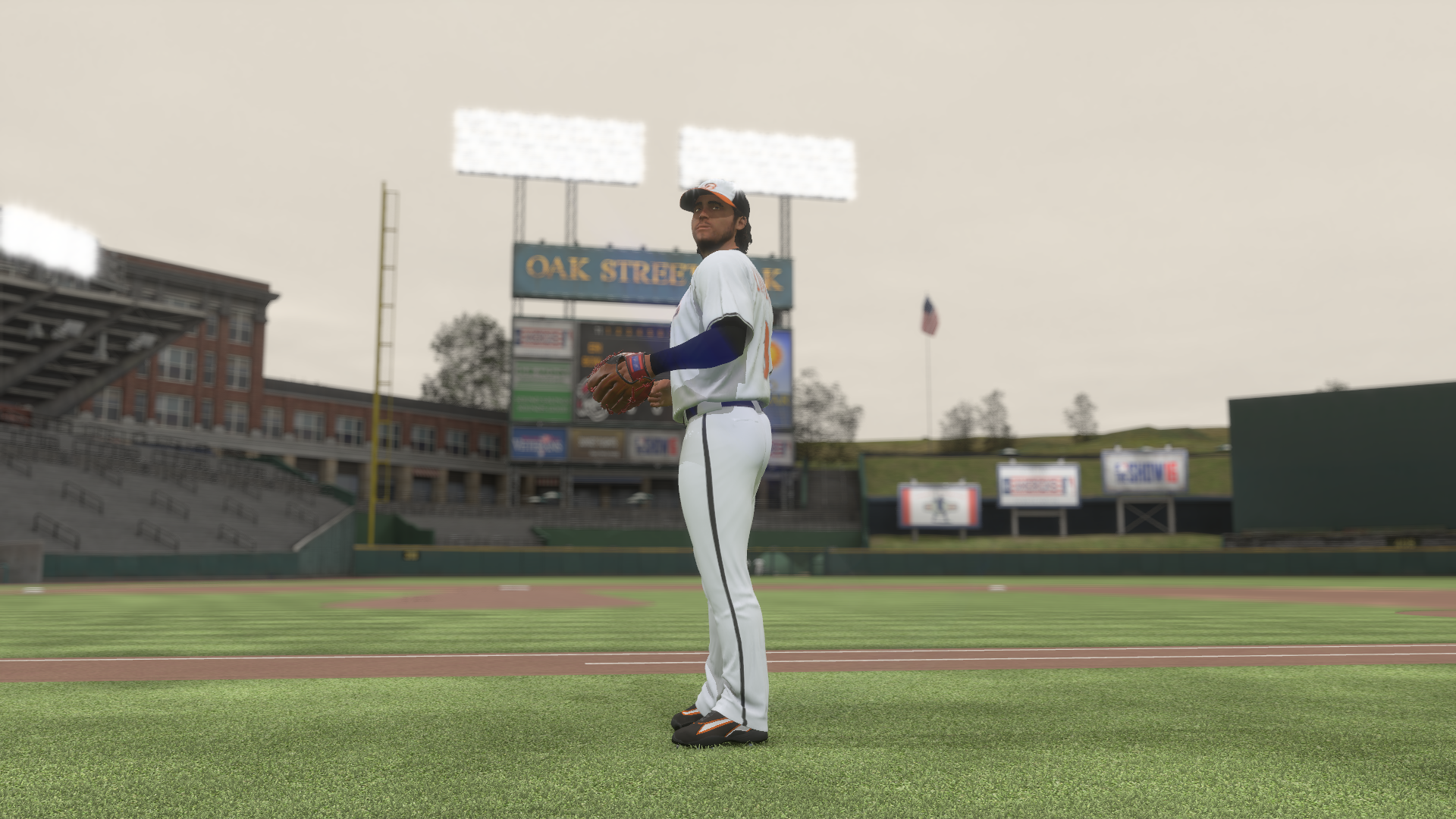
-
Mlb The Show 16 Review 39
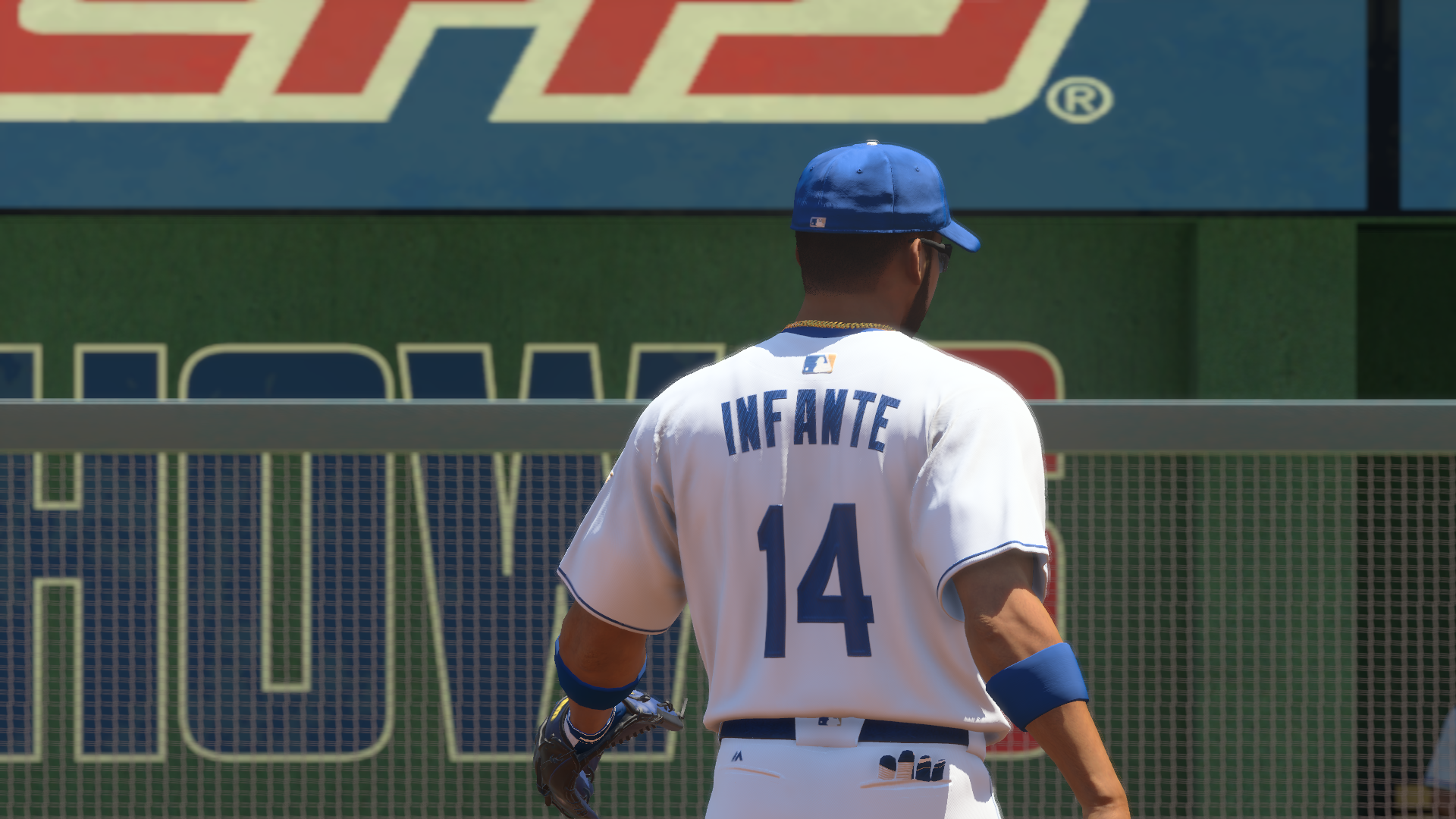
-
Mlb The Show 16 Review 40
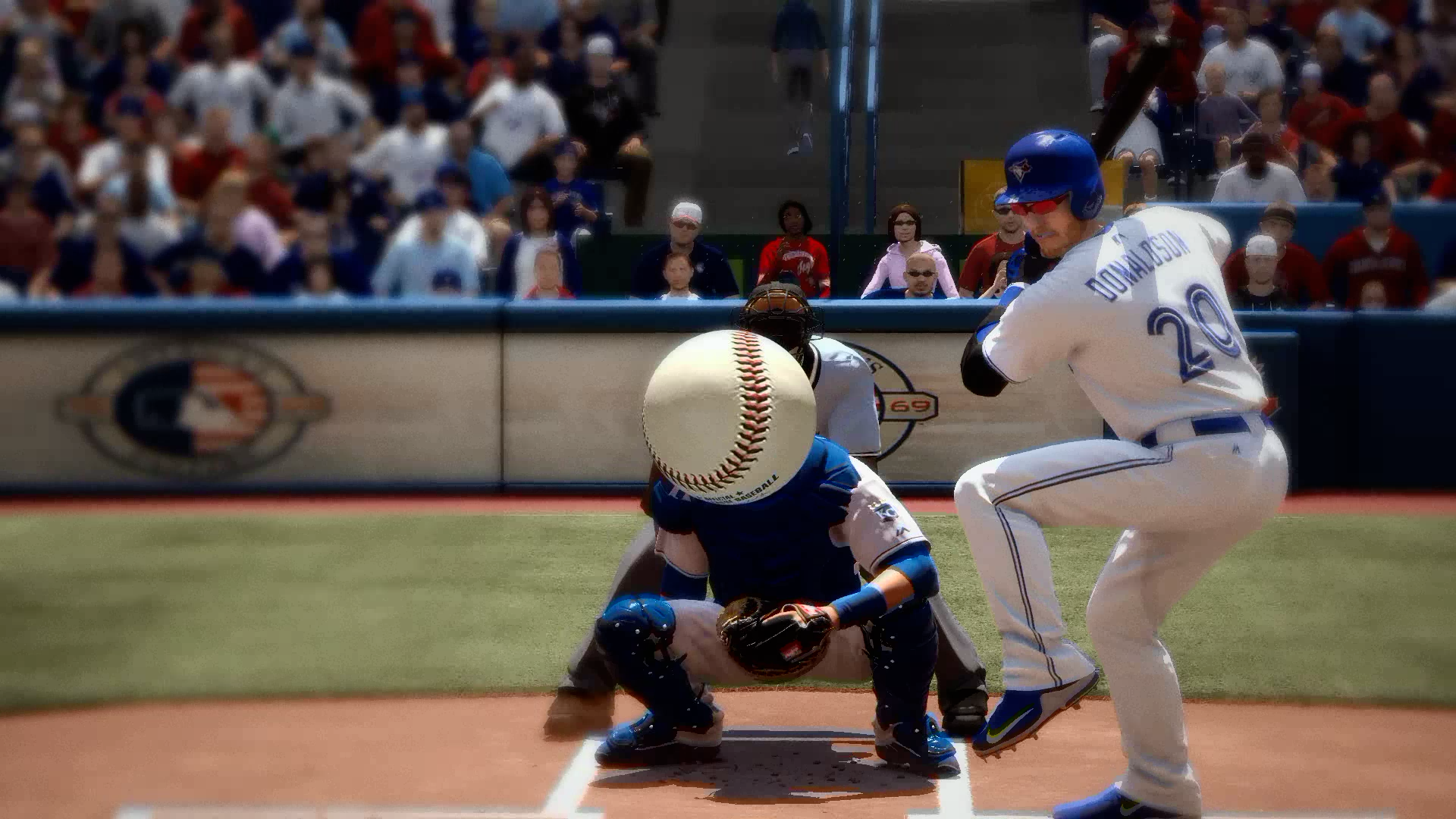
-
Mlb The Show 16 Review 41
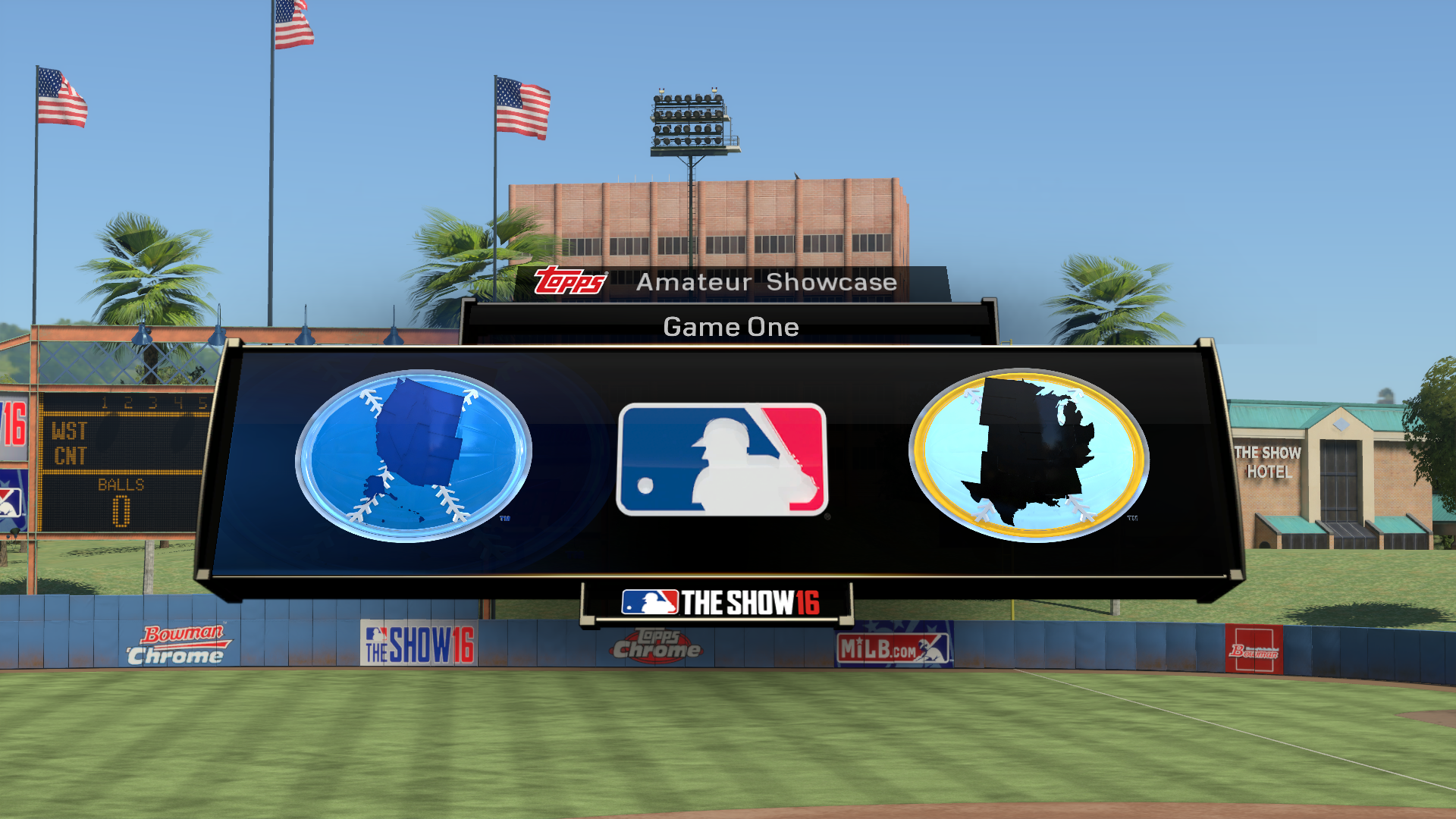
-
Mlb The Show 16 Review 42
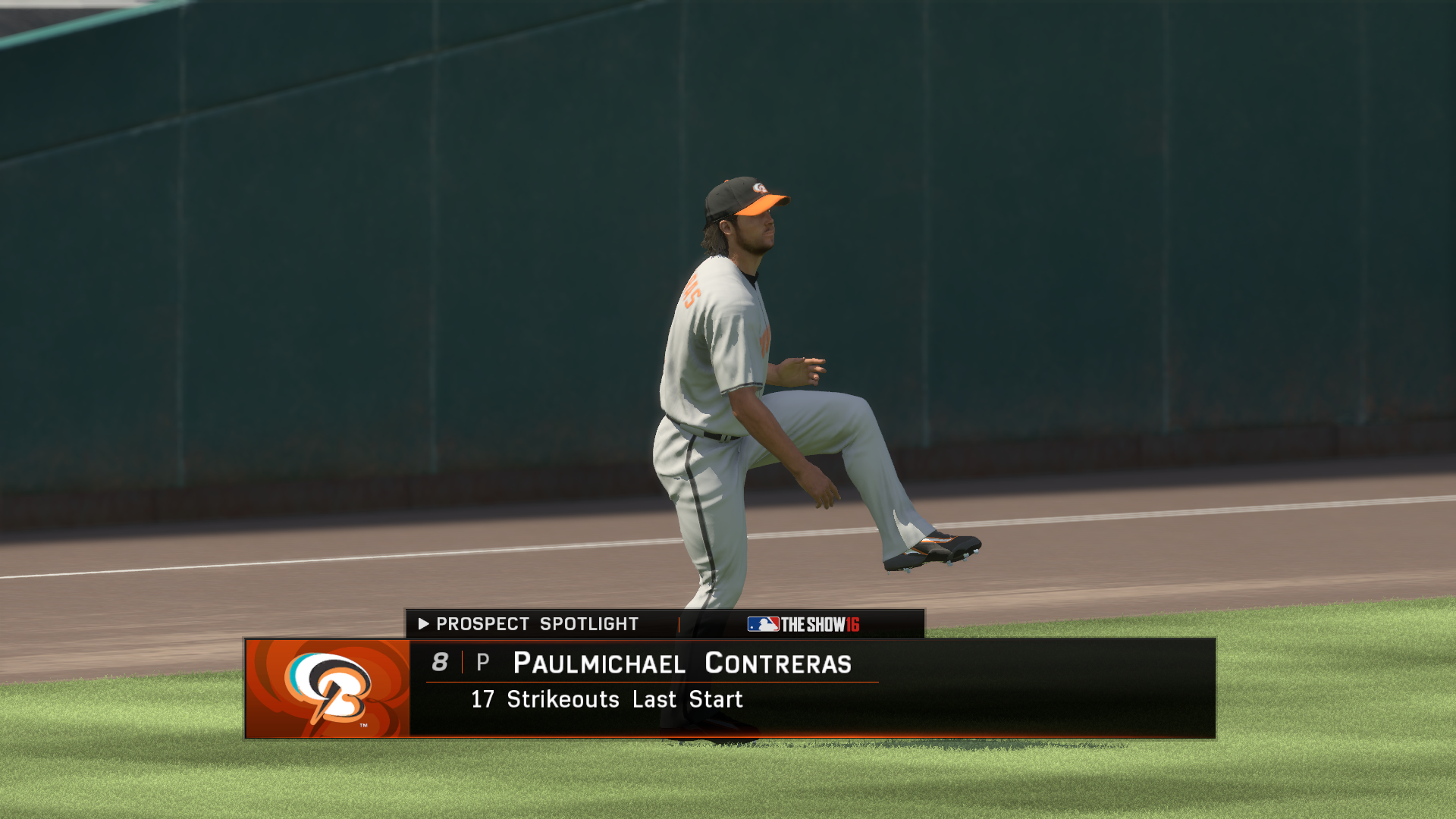
-
Mlb The Show 16 Review 43
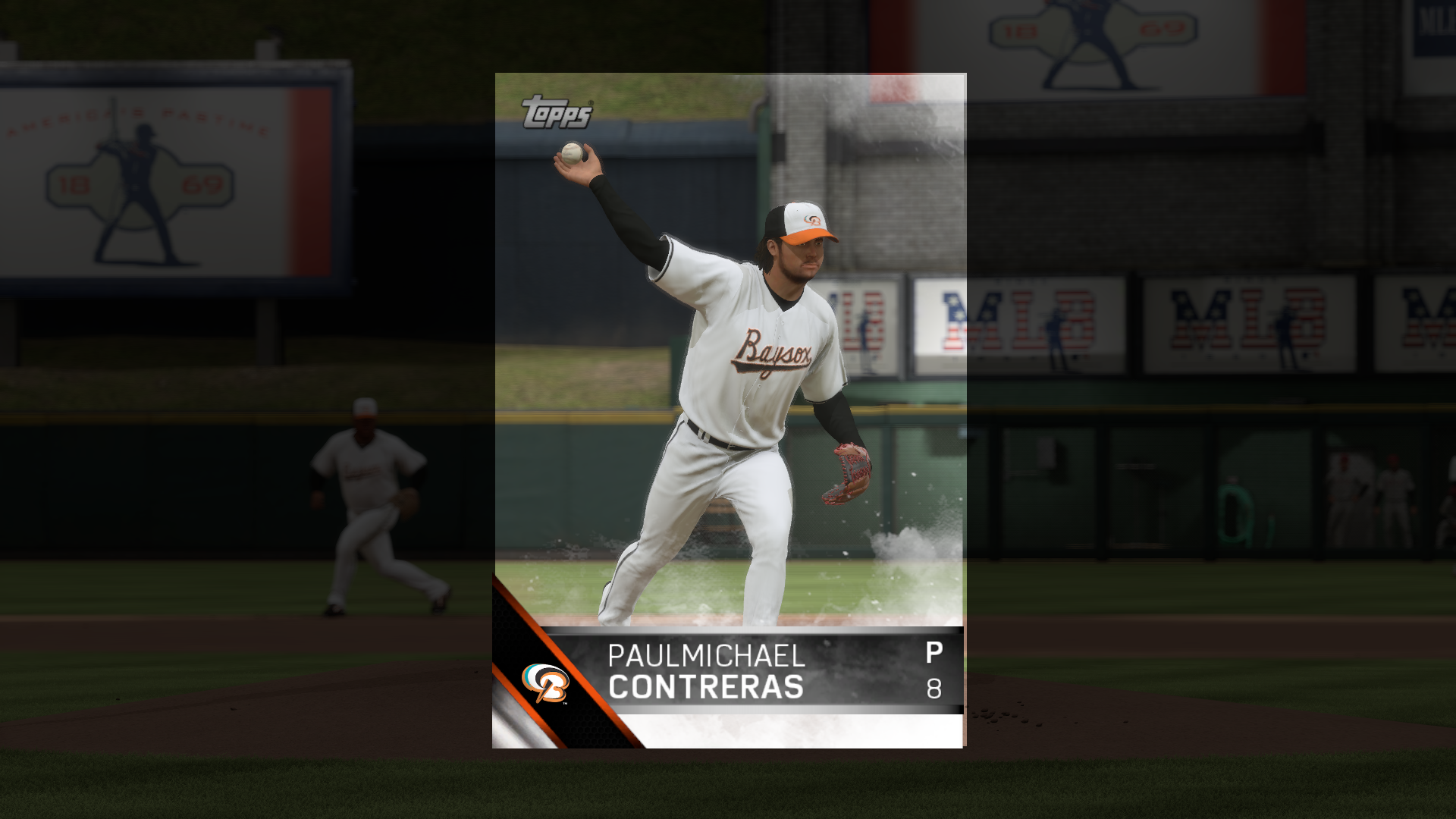
-
Mlb The Show 16 Review 44
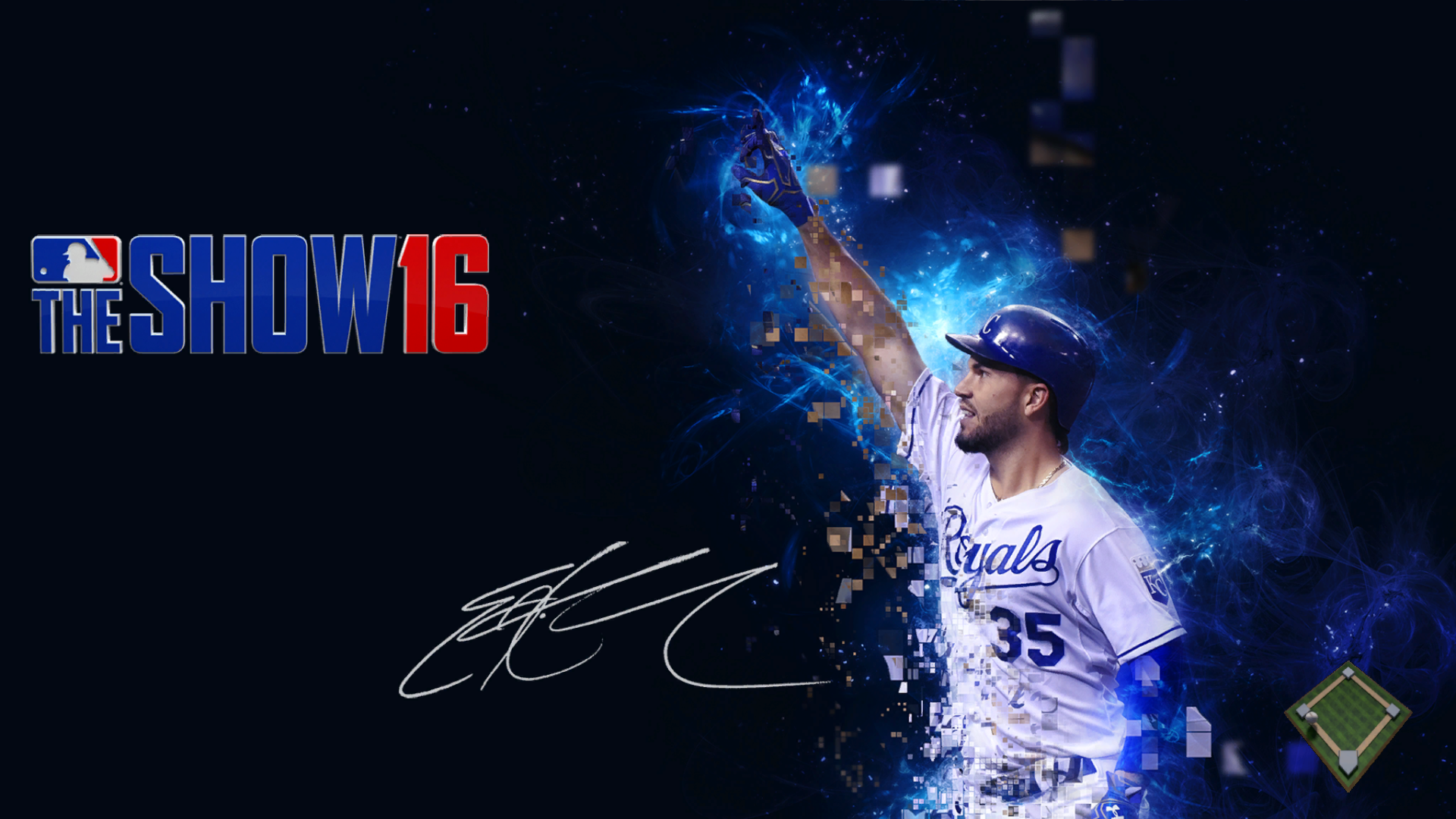
-
Mlb The Show 16 Review 45
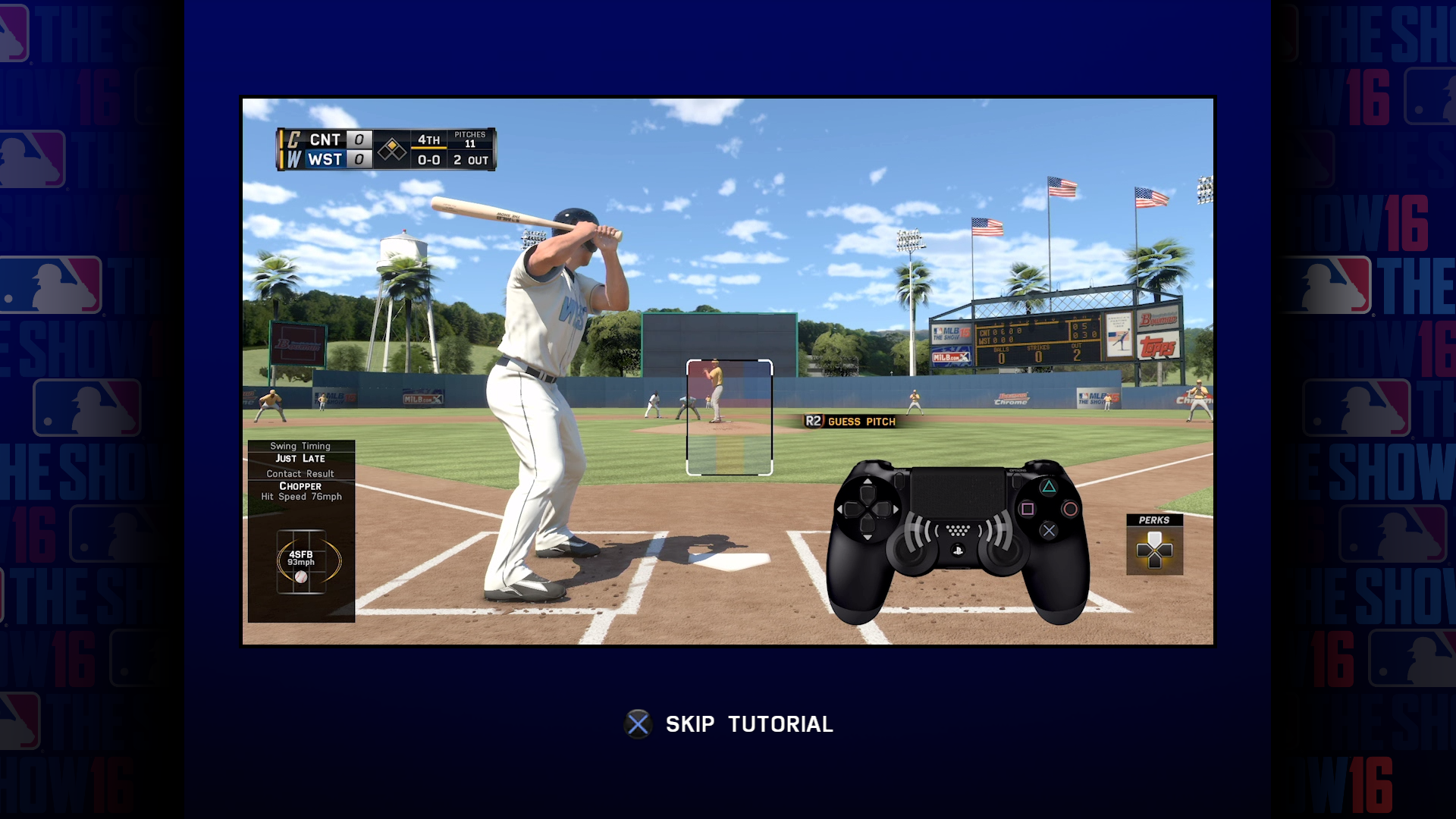
-
Mlb The Show 16 Review 46
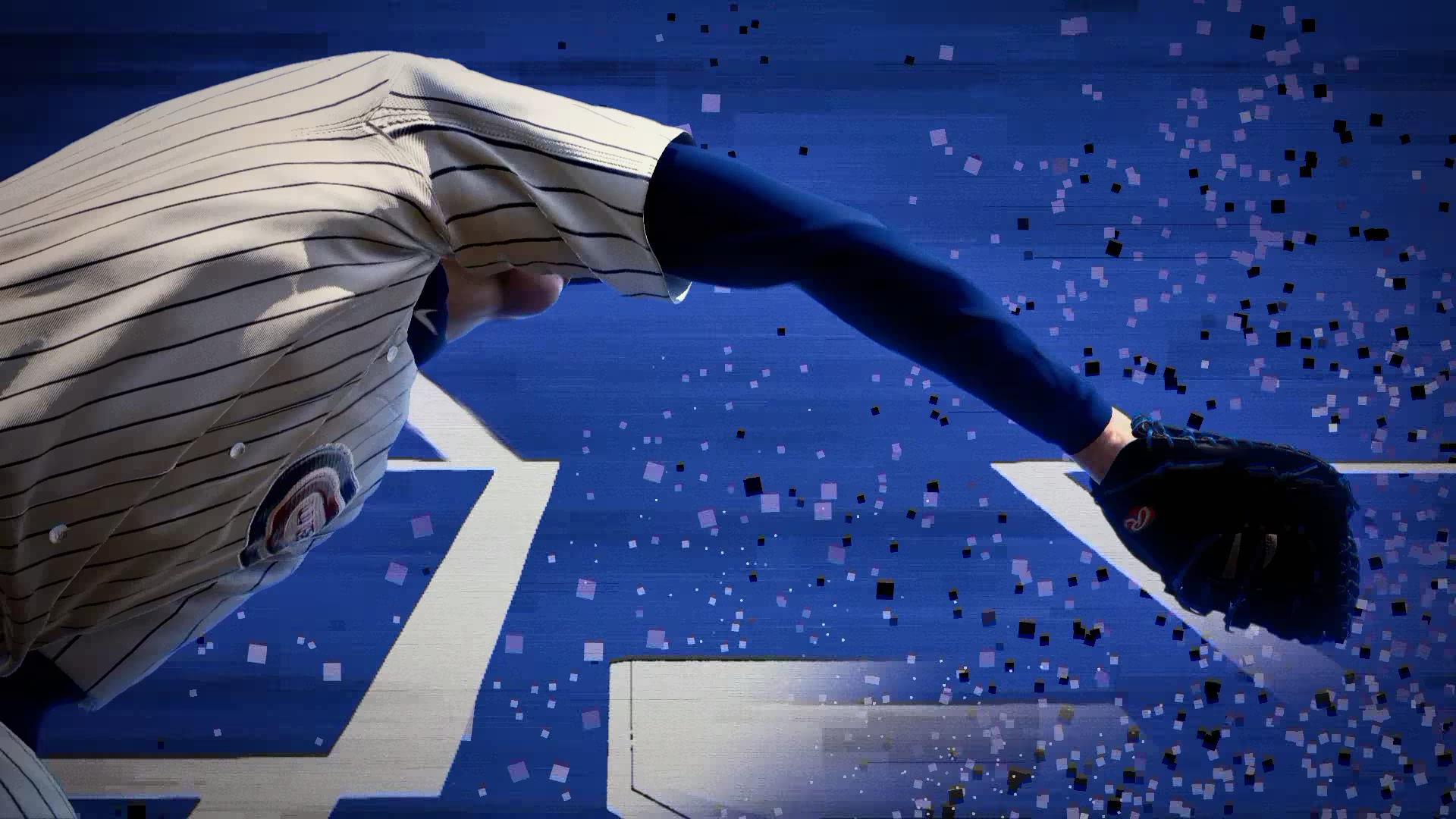
-
Mlb The Show 16 Review 47
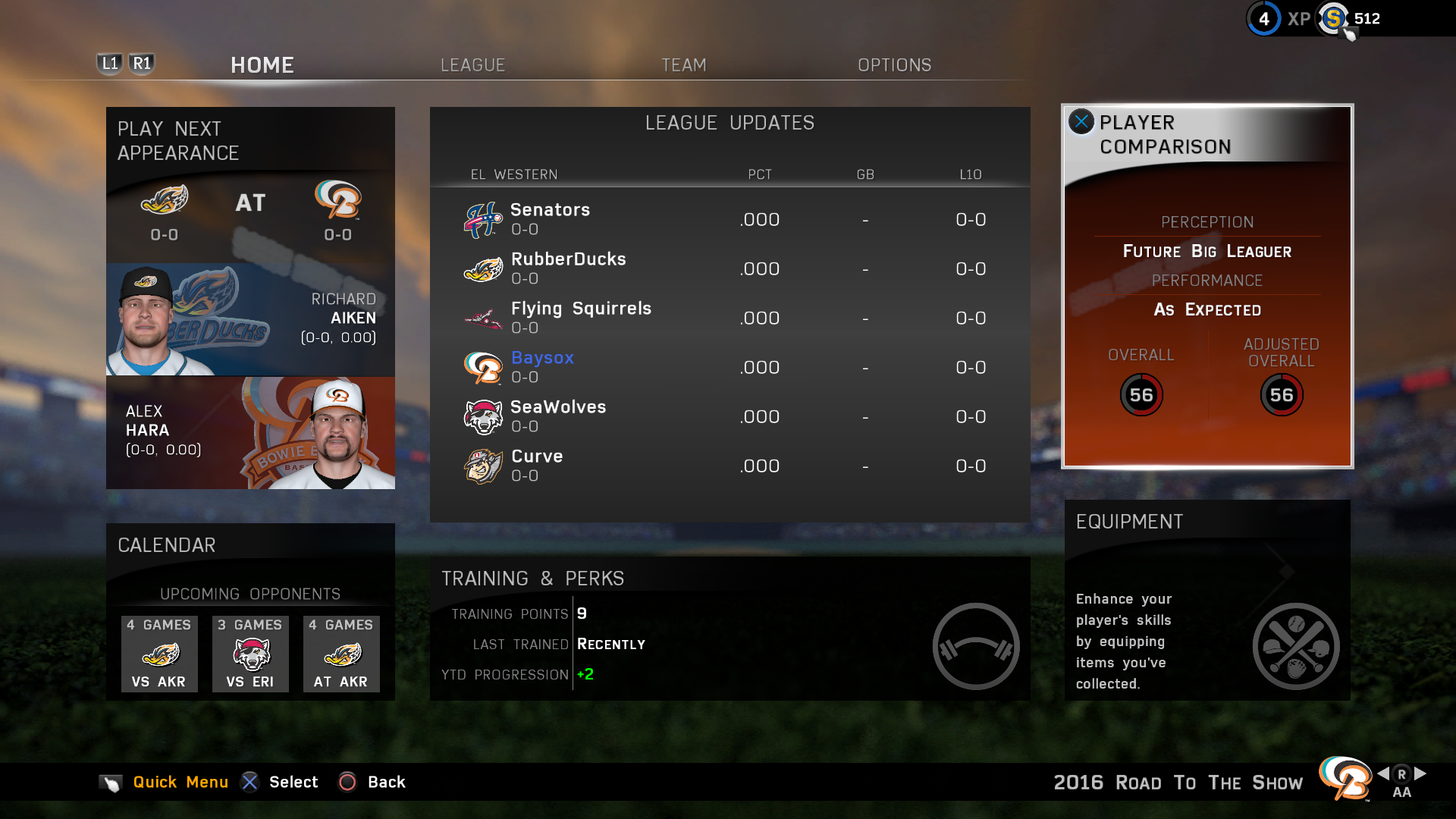
-
Mlb The Show 16 Review 48
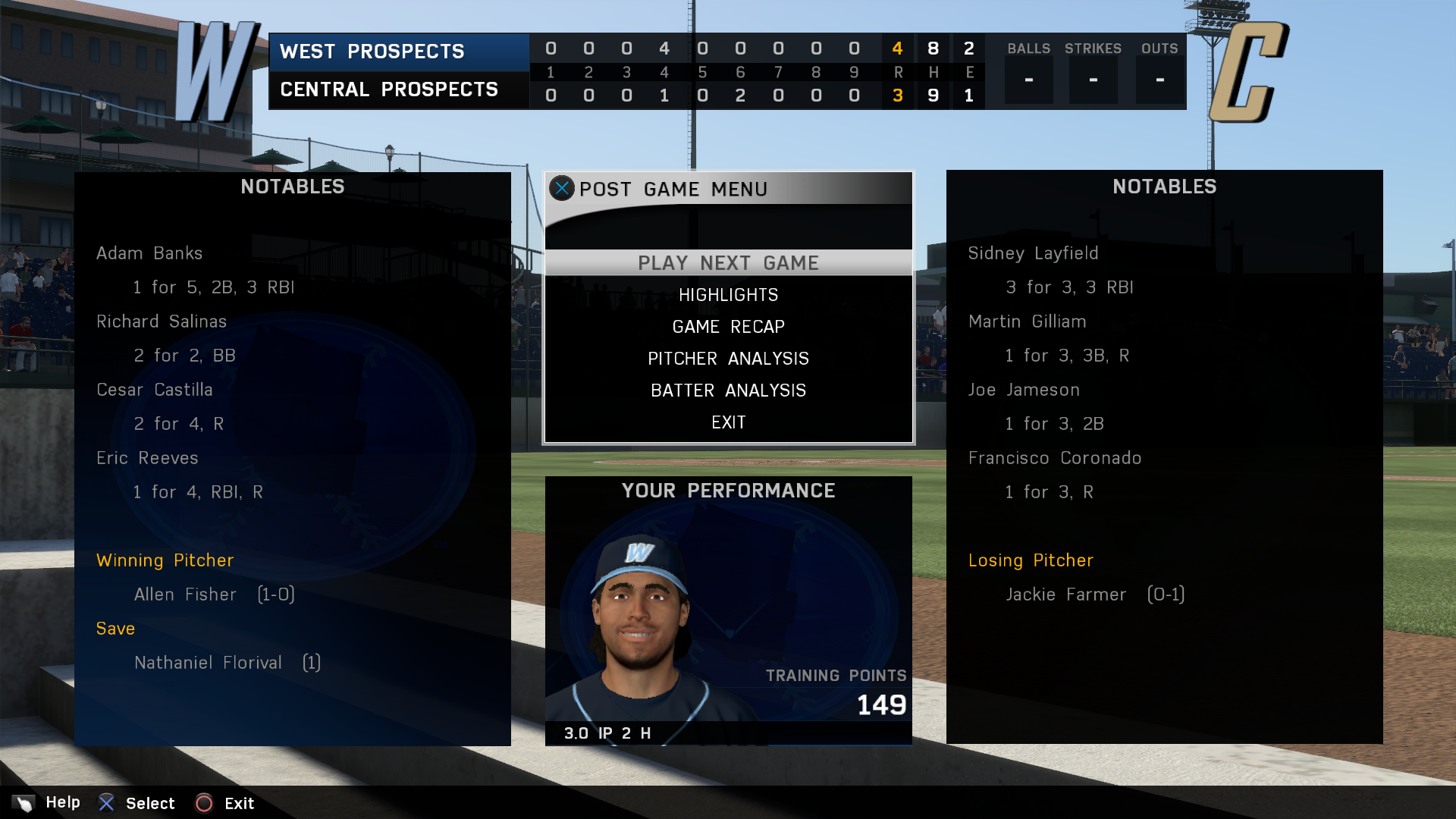
-
Mlb The Show 16 Review 49
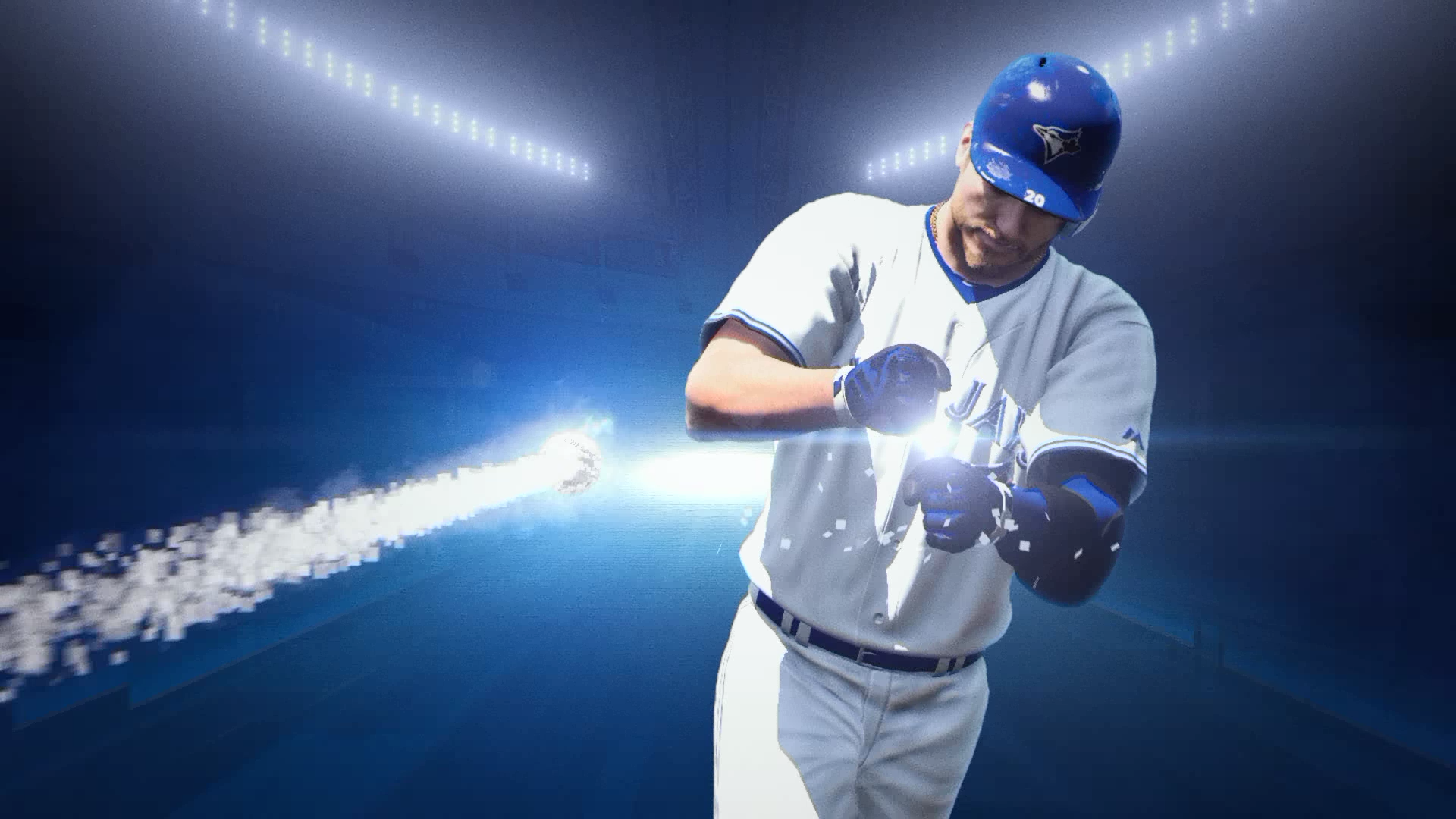
-
Mlb The Show 16 Review 50
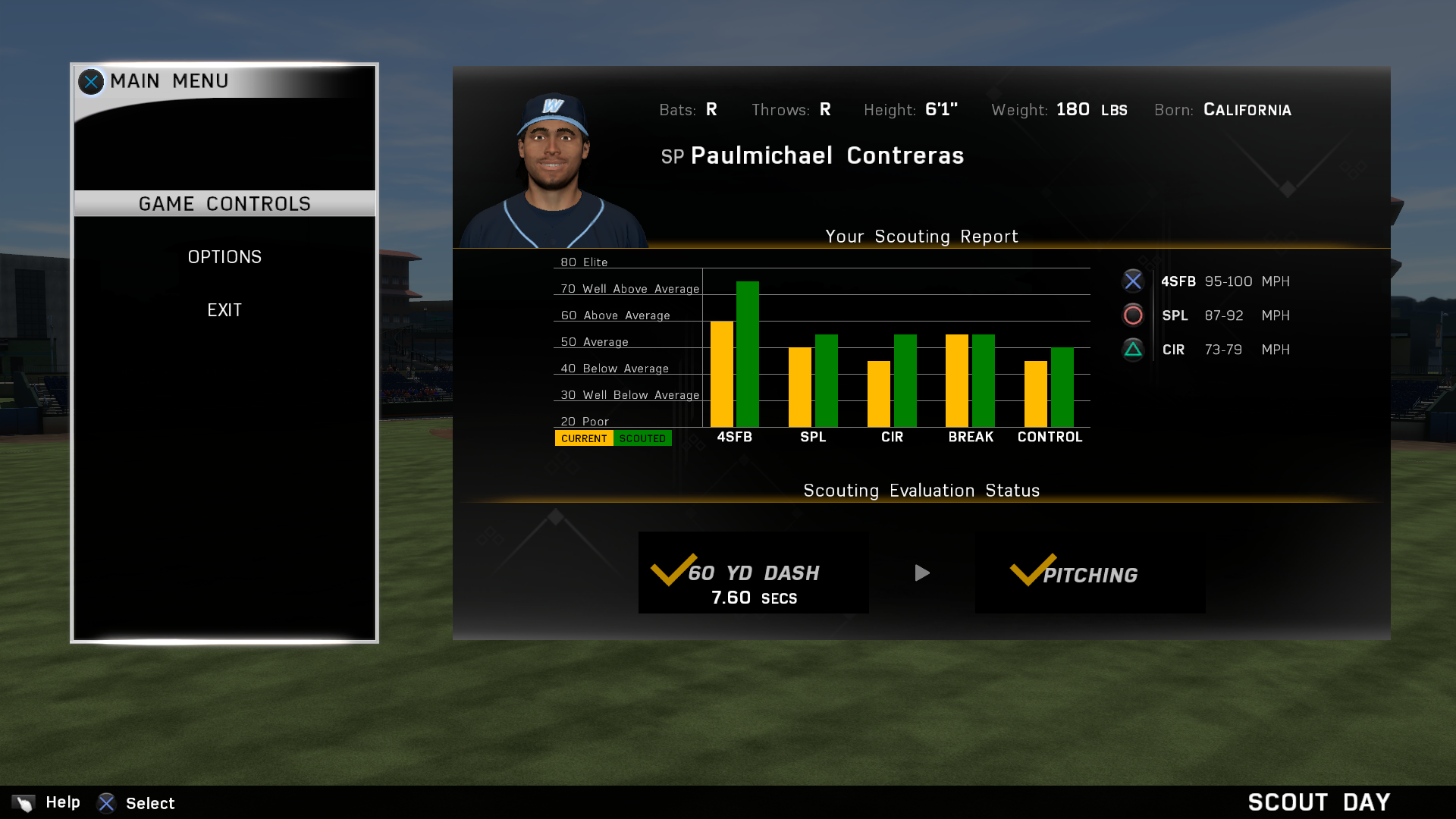
-
Mlb The Show 16 Review 51
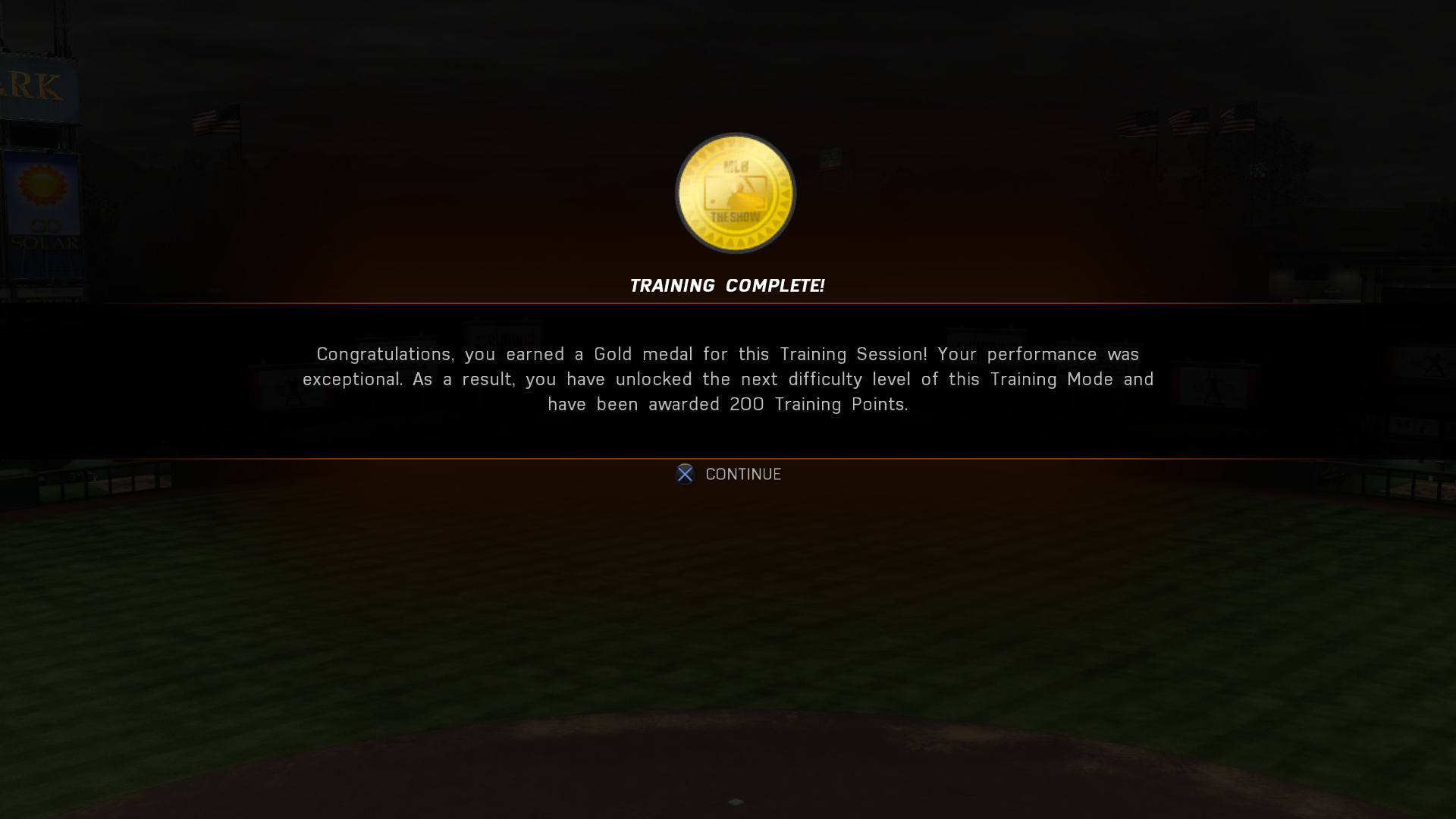
-
Mlb The Show 16 Review 52
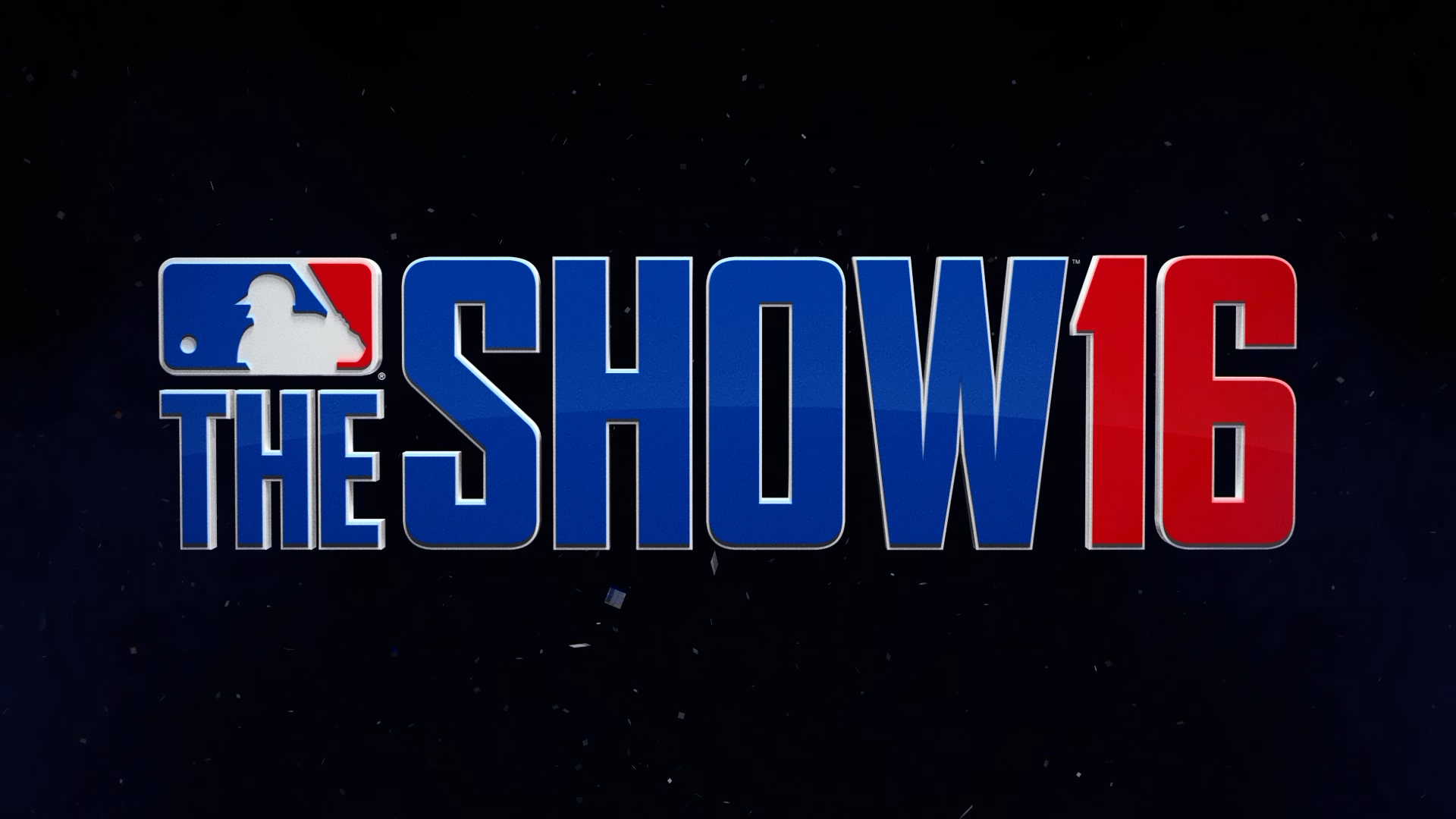
-
Mlb The Show 16 Review 53
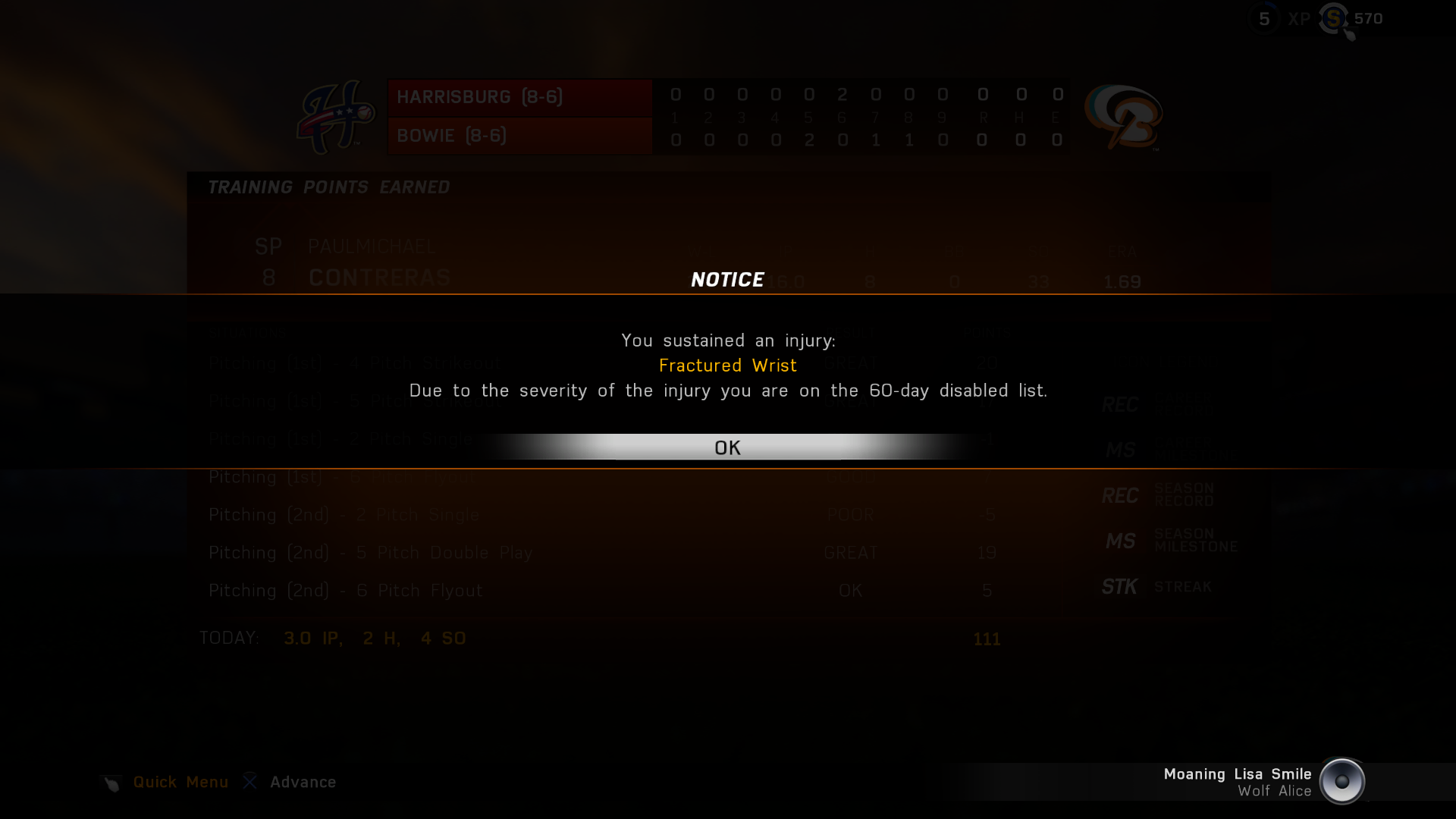
-
Mlb The Show 16 Review 54

-
Mlb The Show 16 Review 55
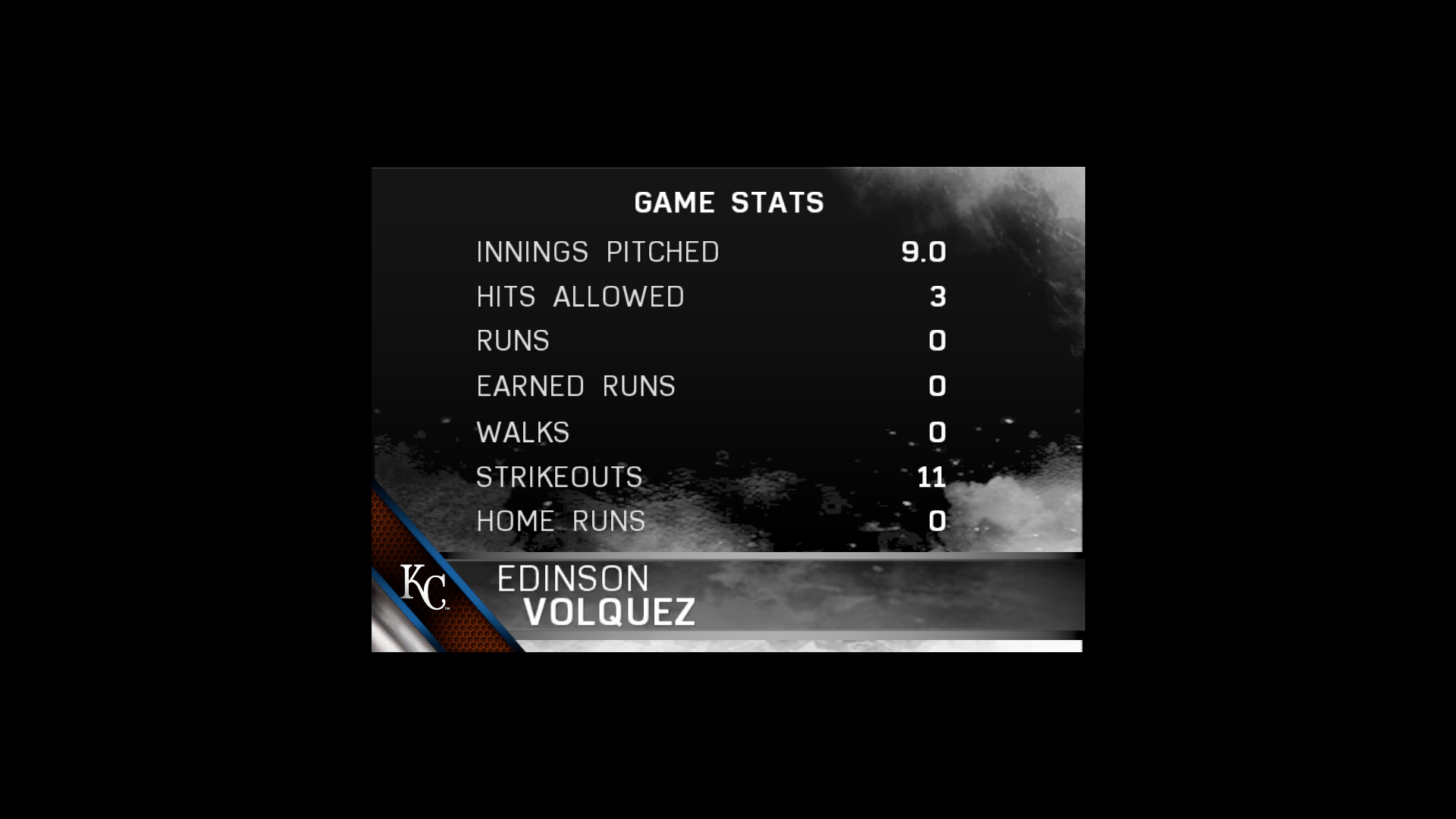
-
Mlb The Show 16 Review 56
